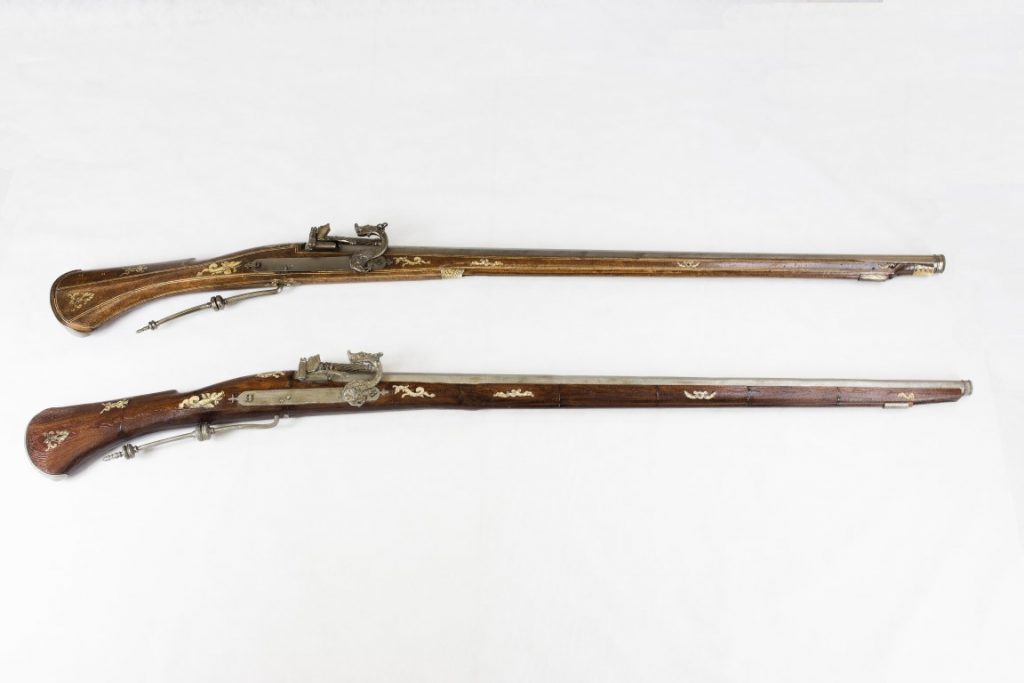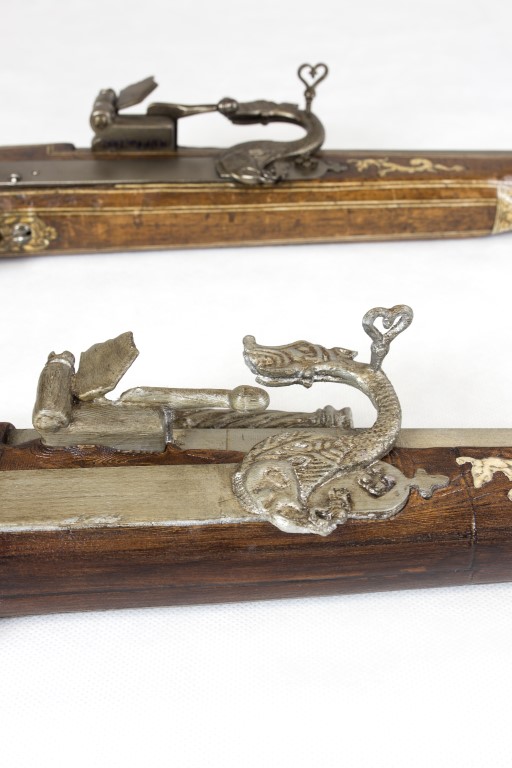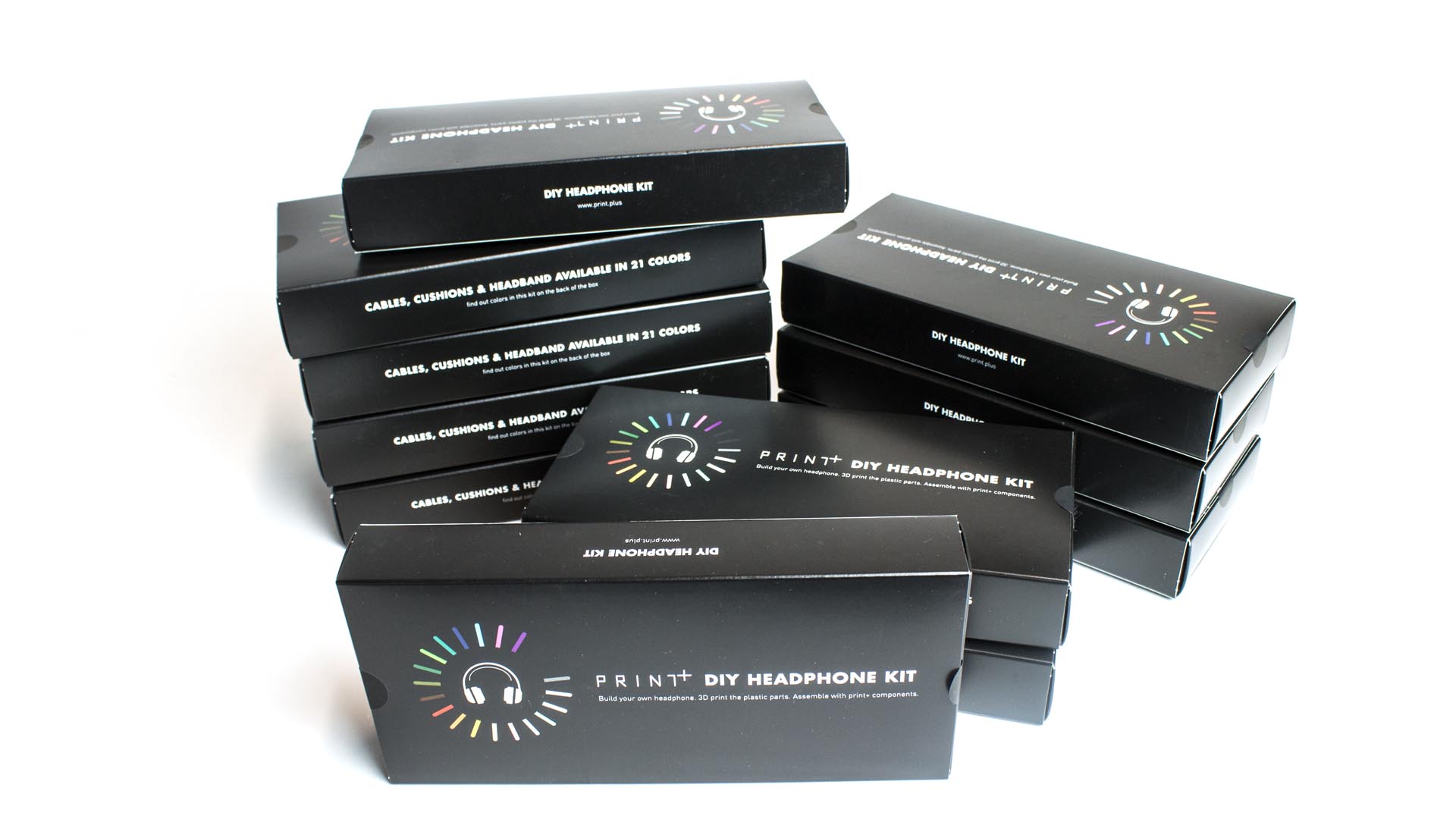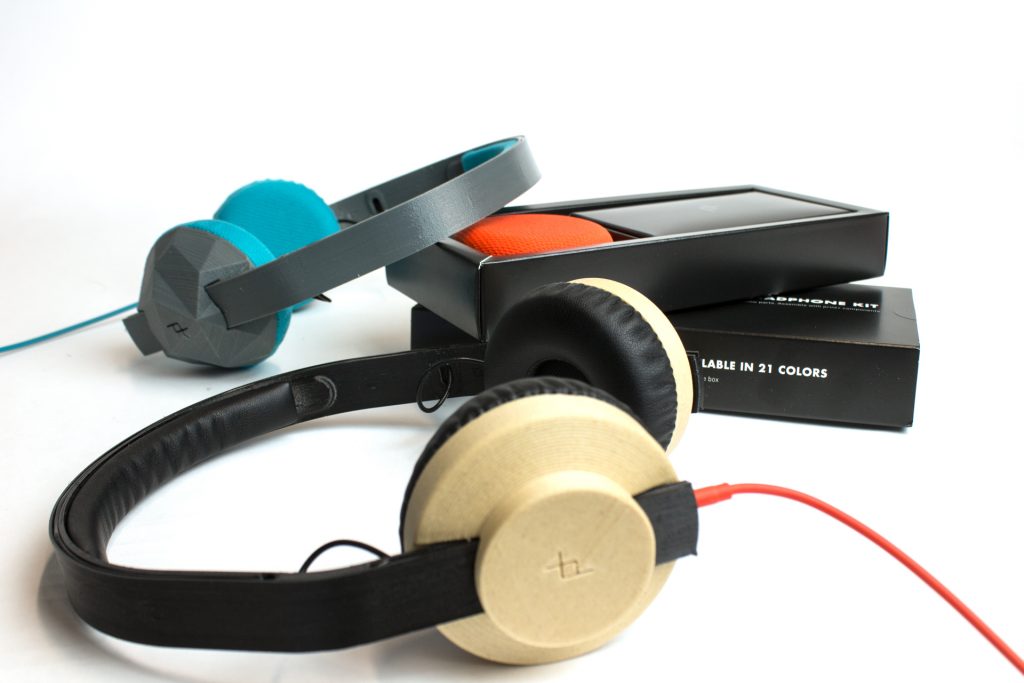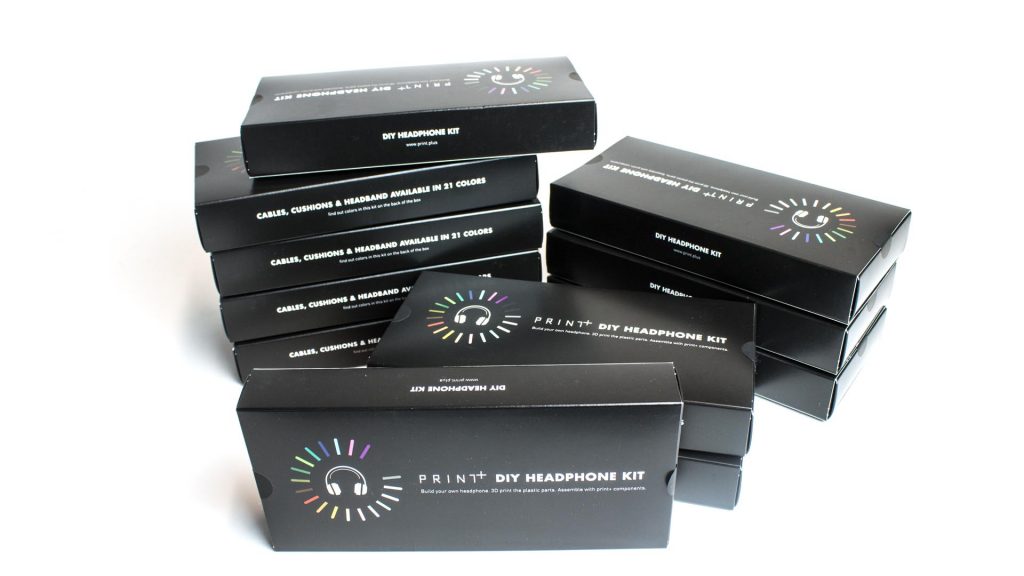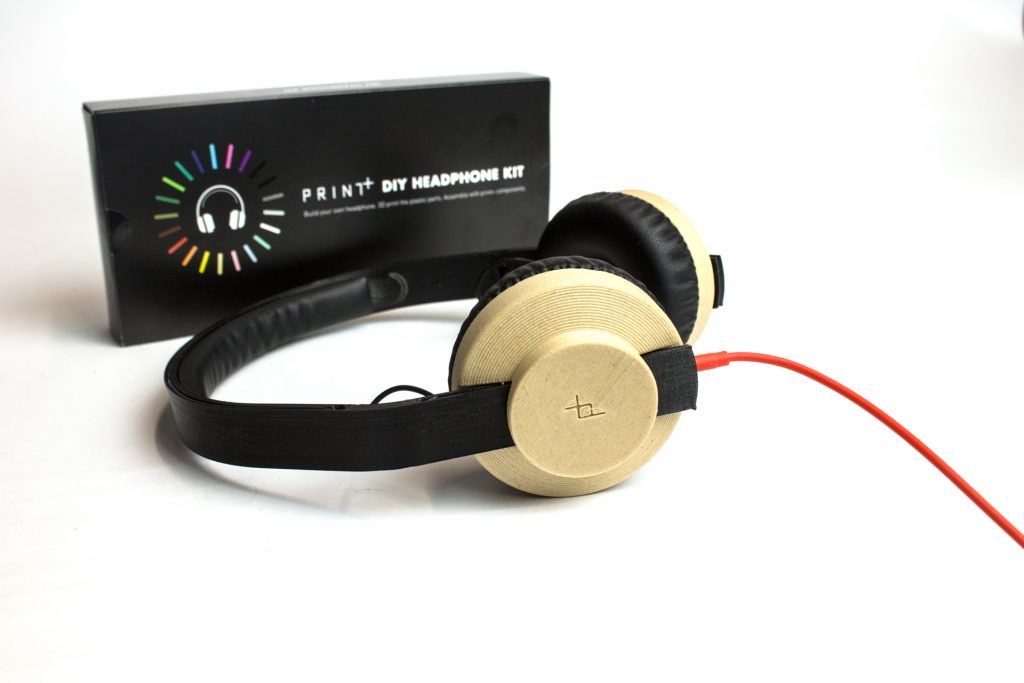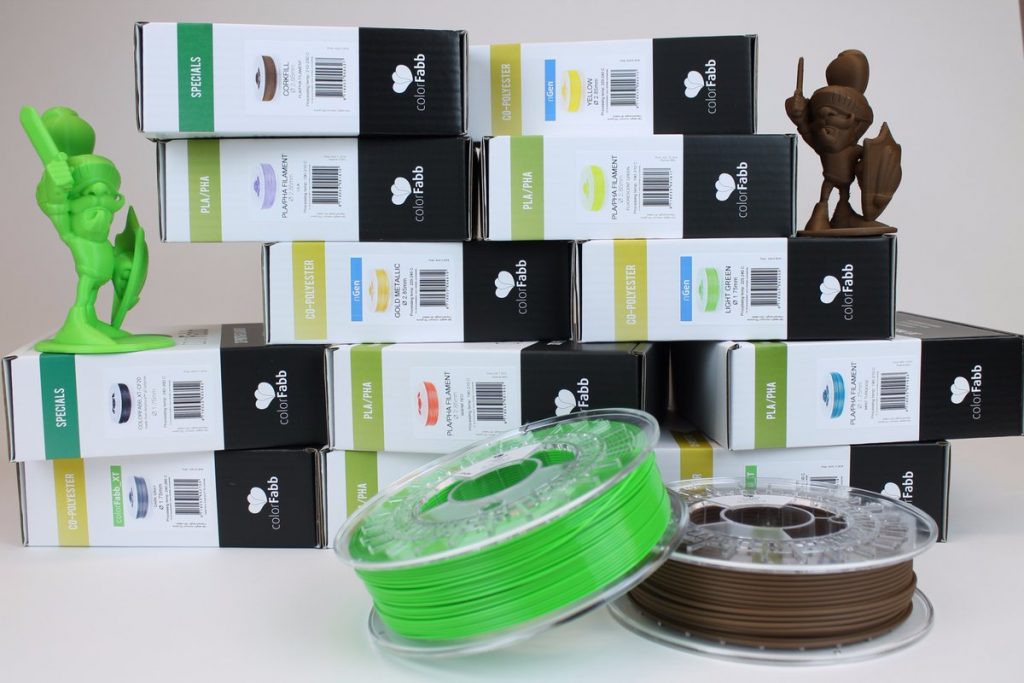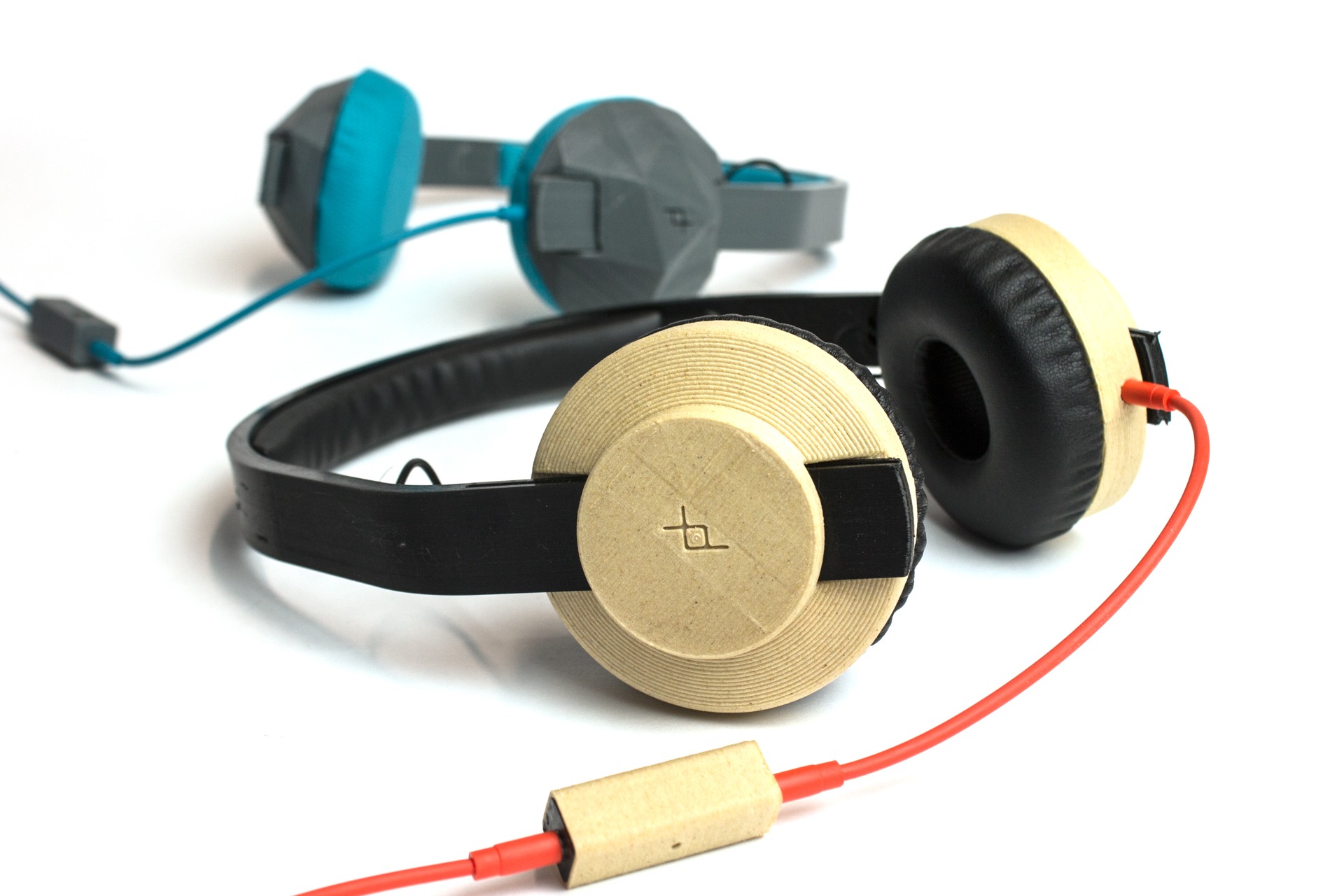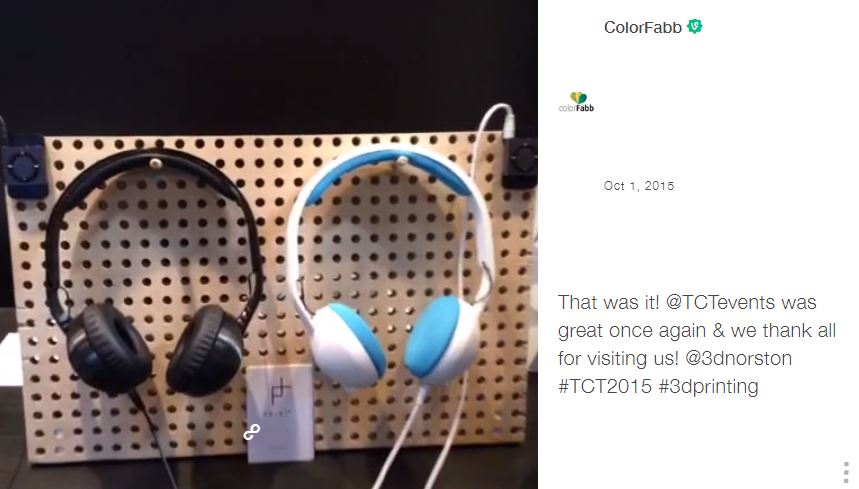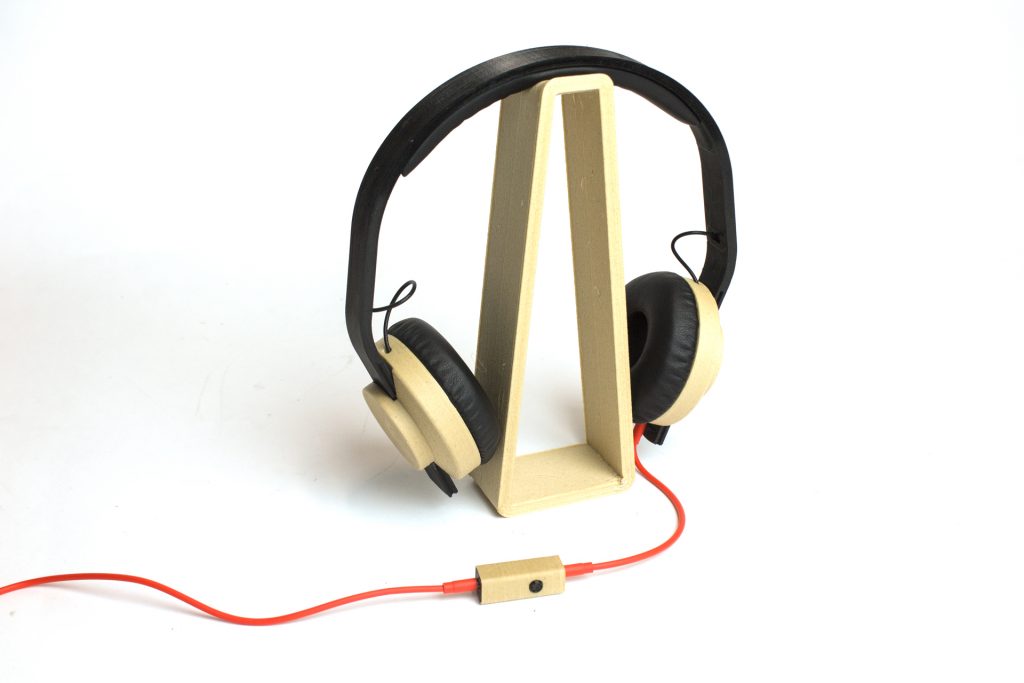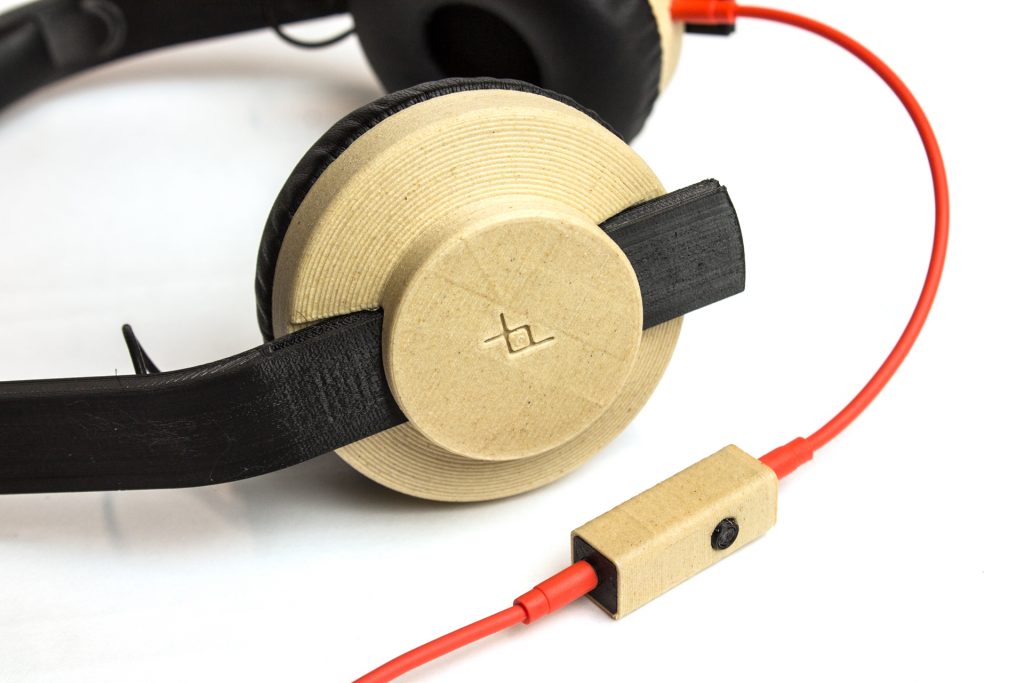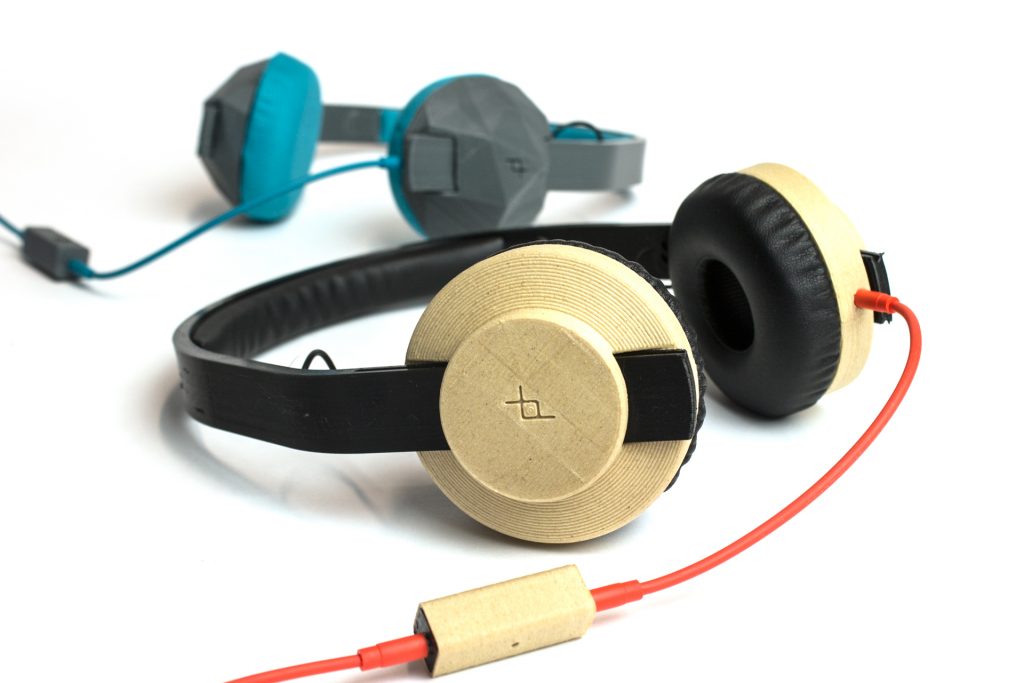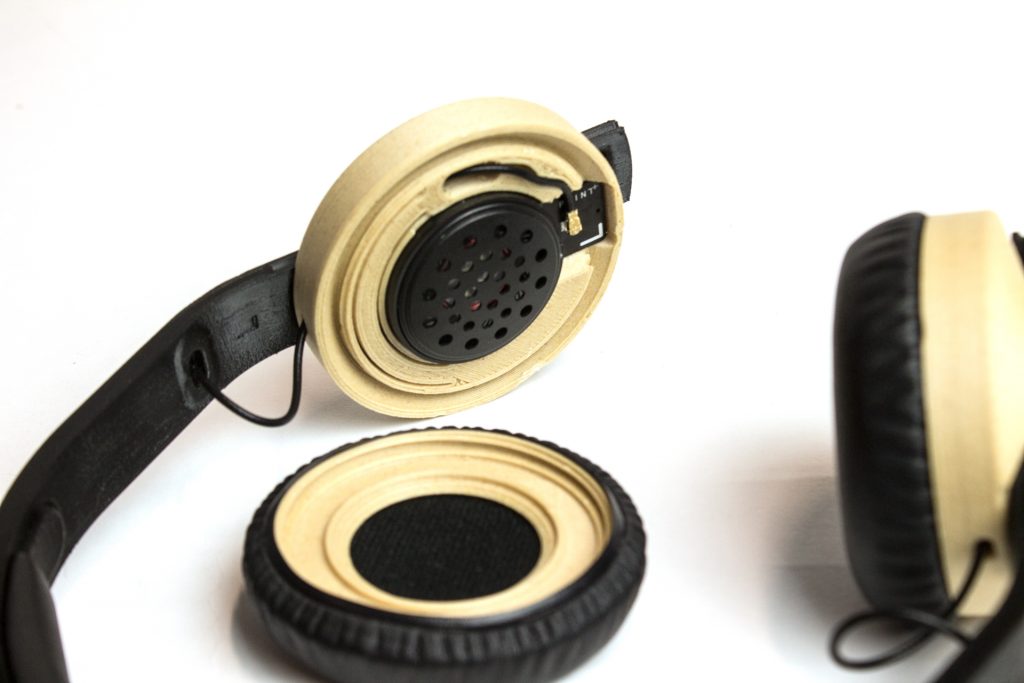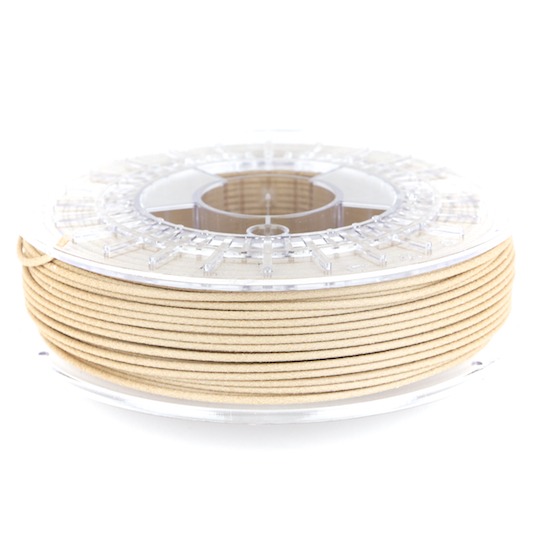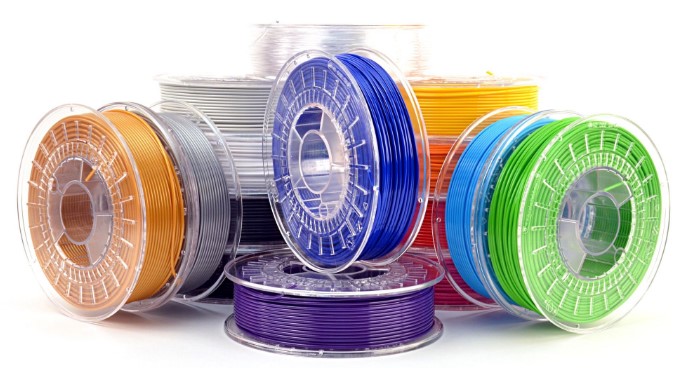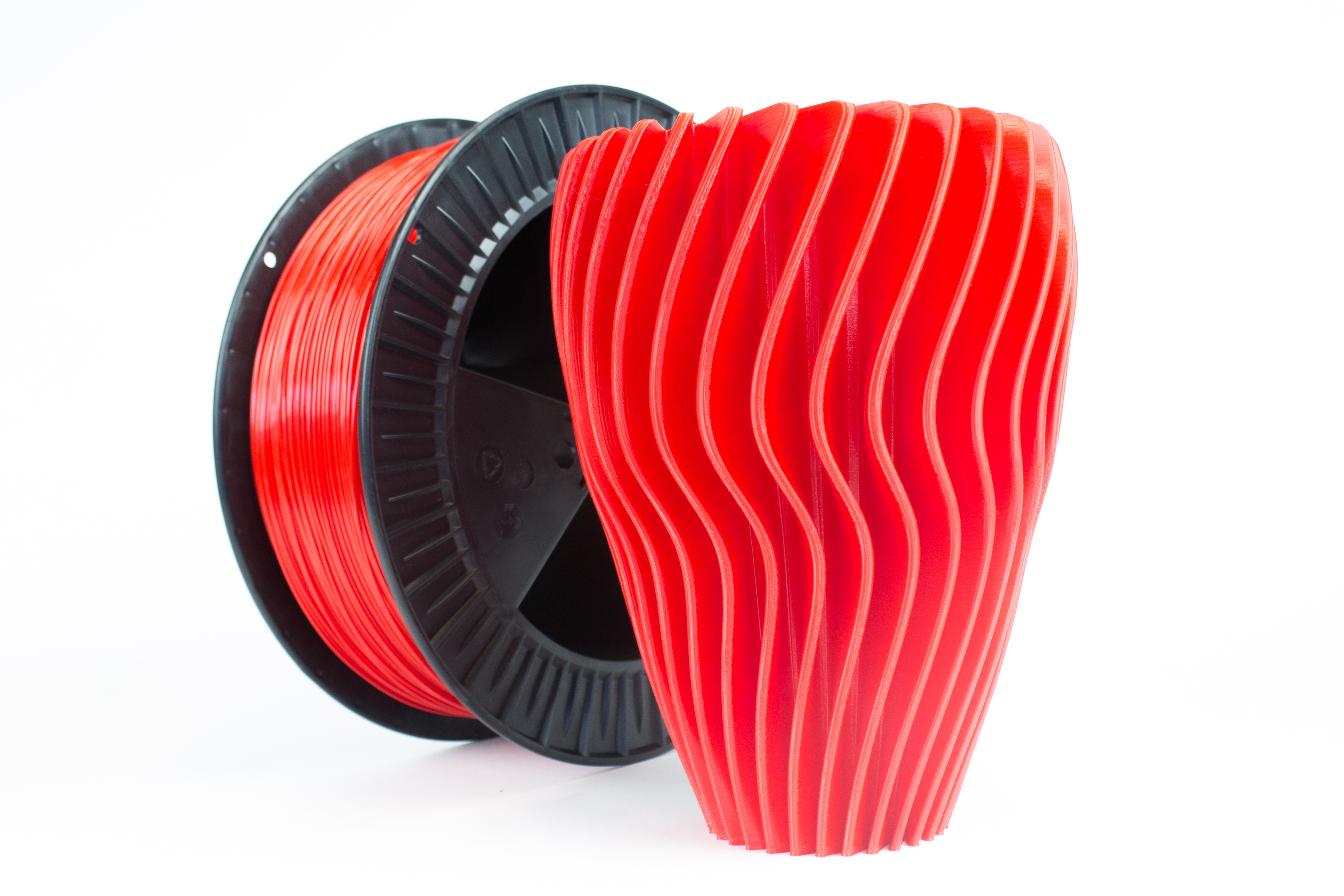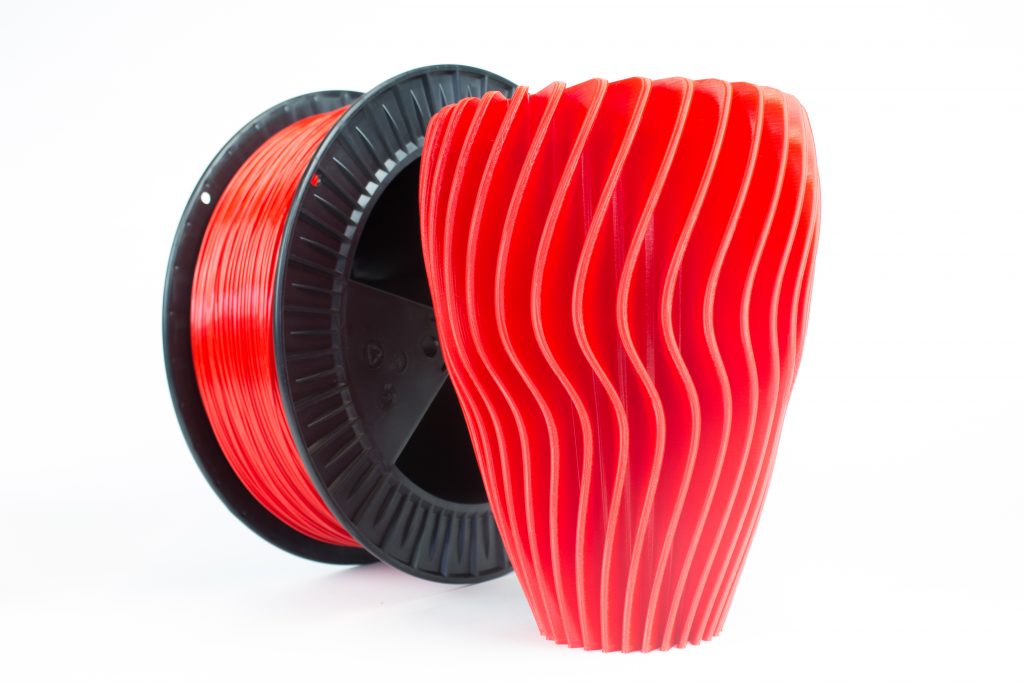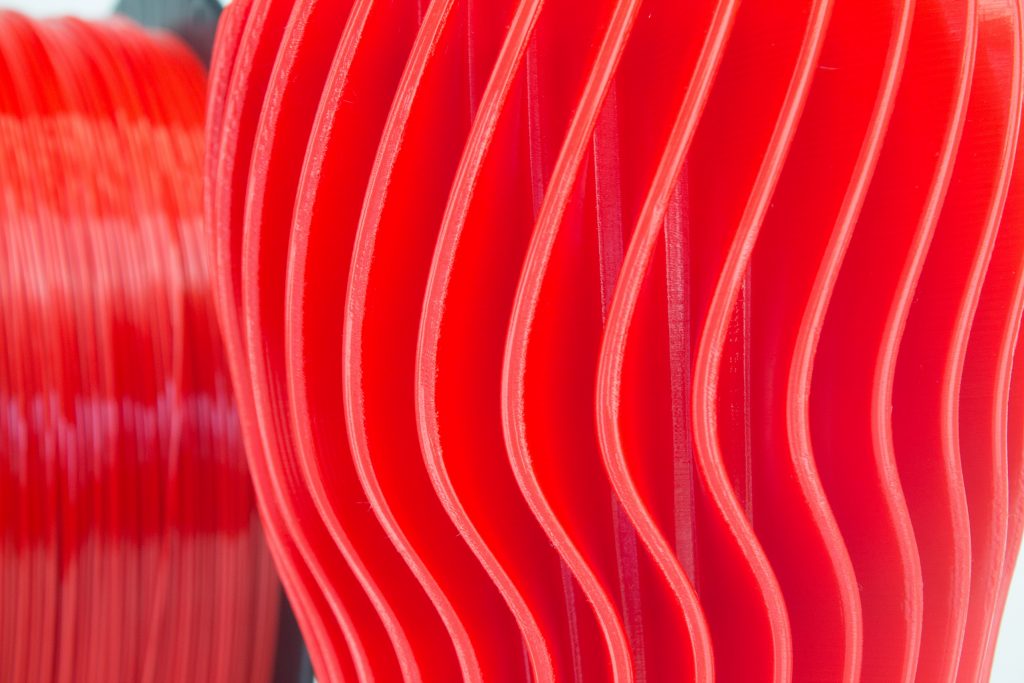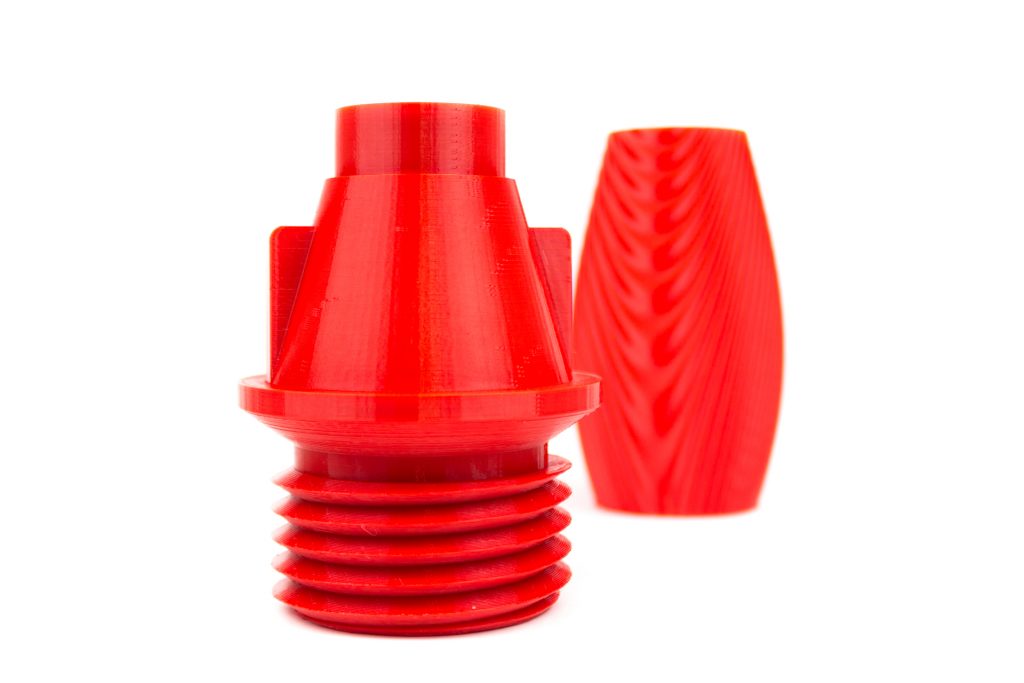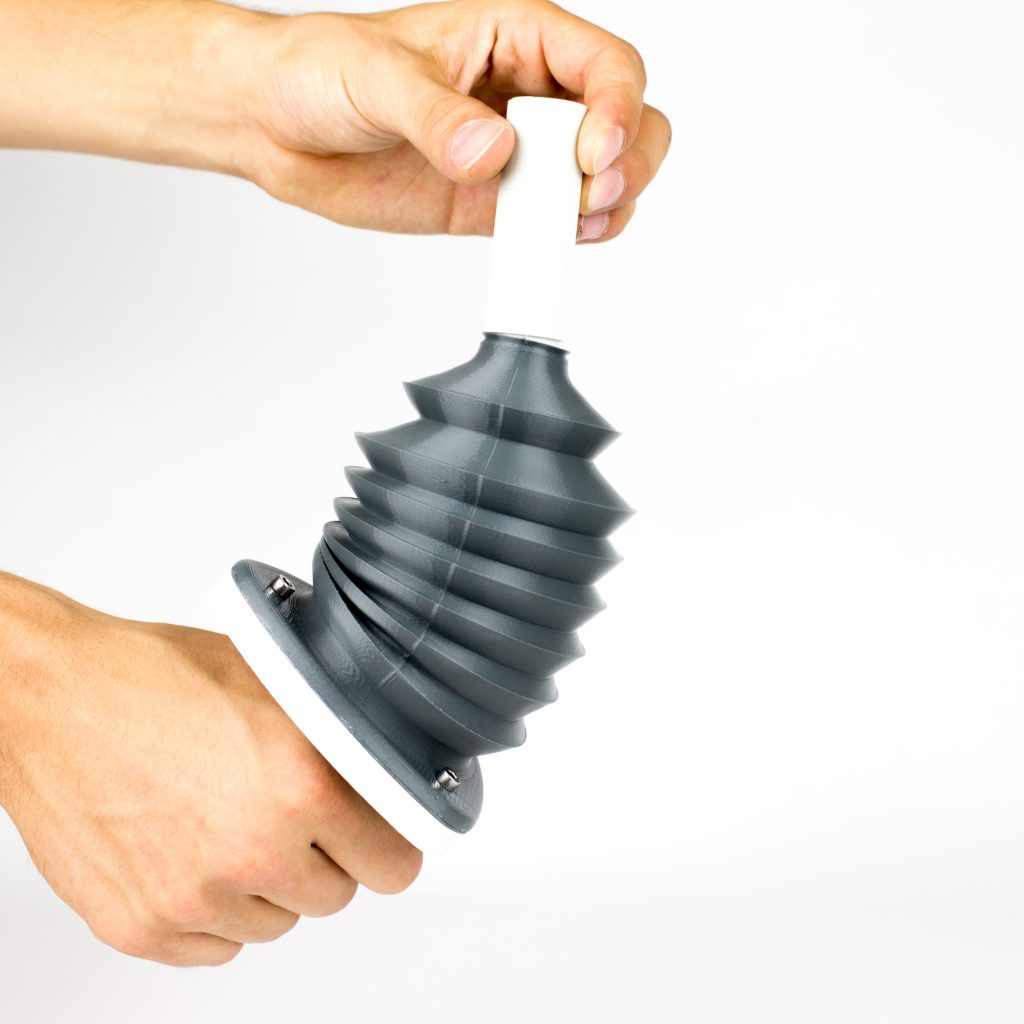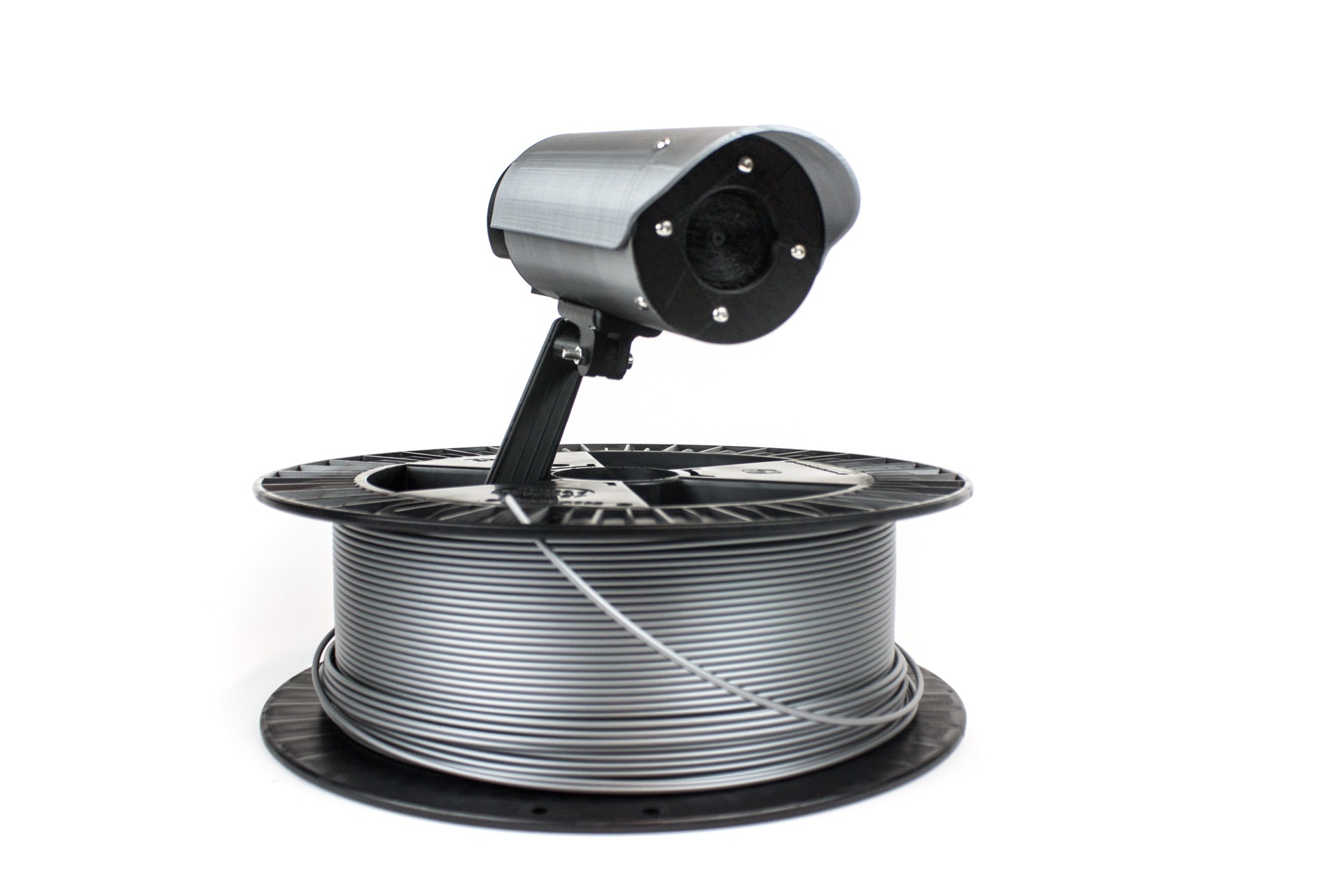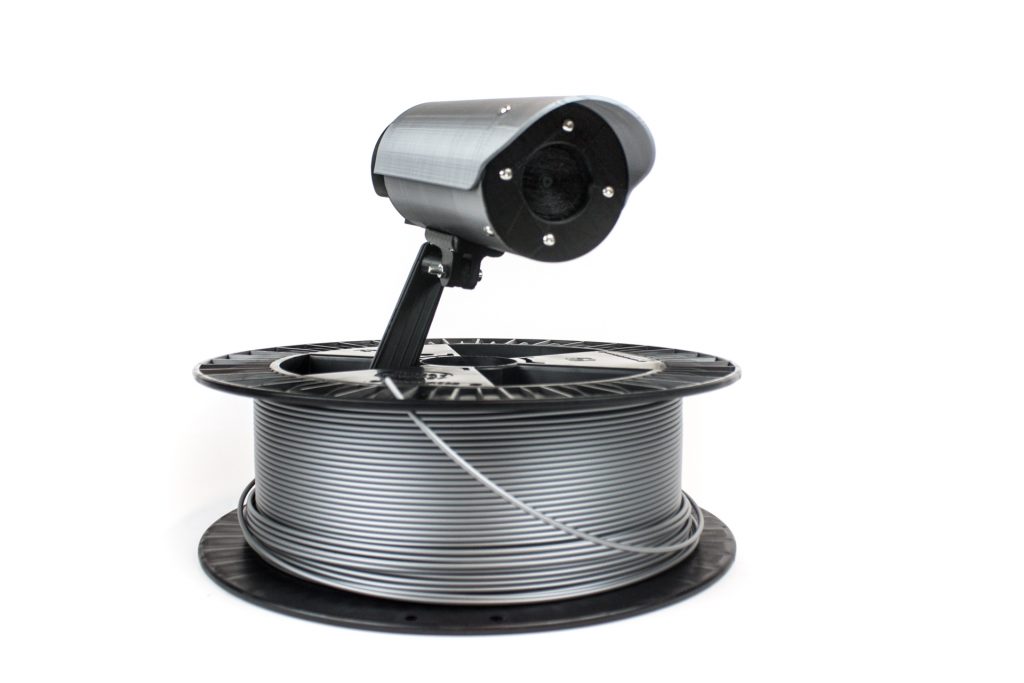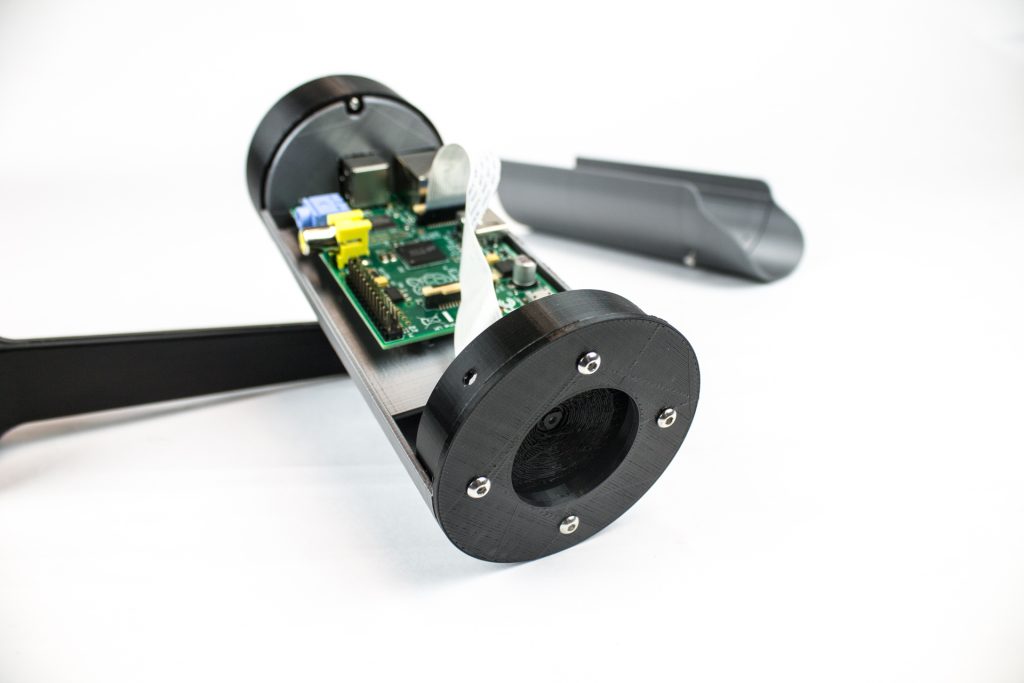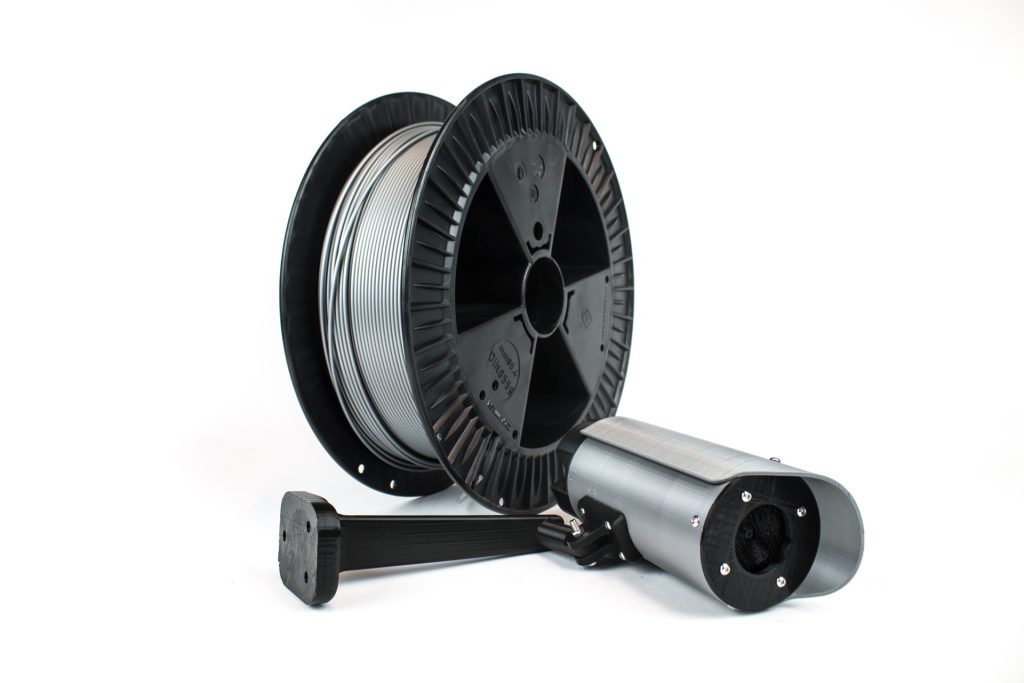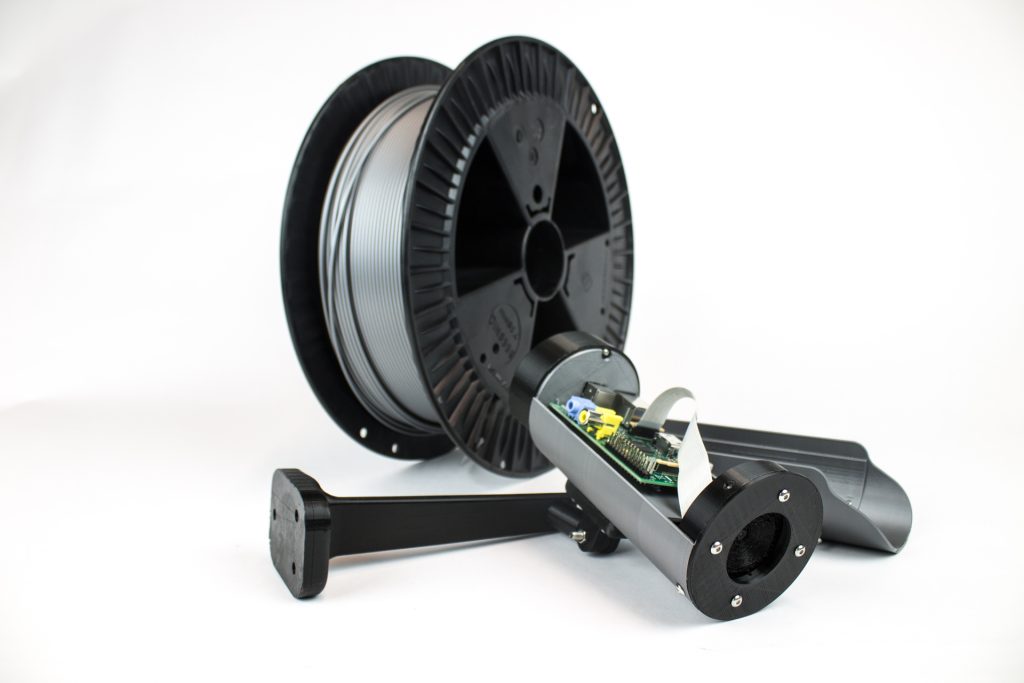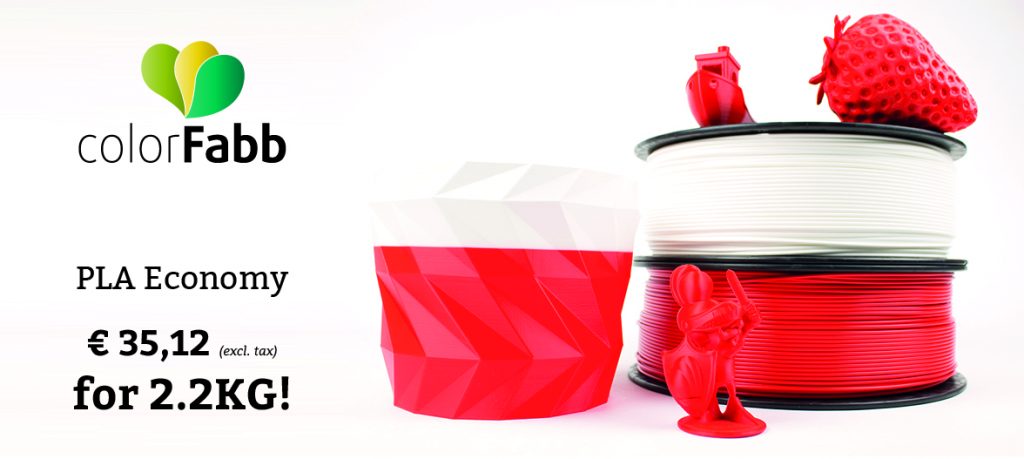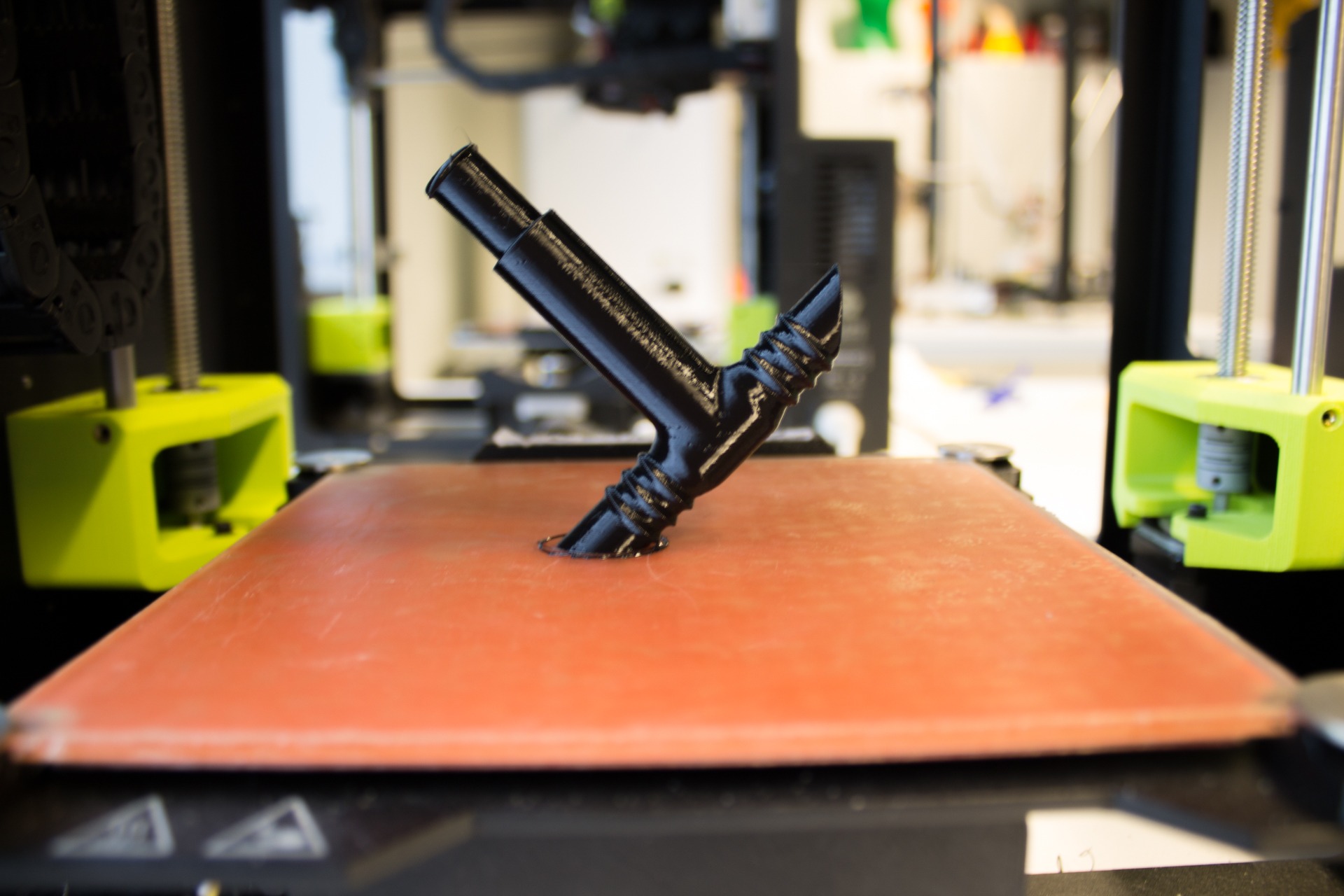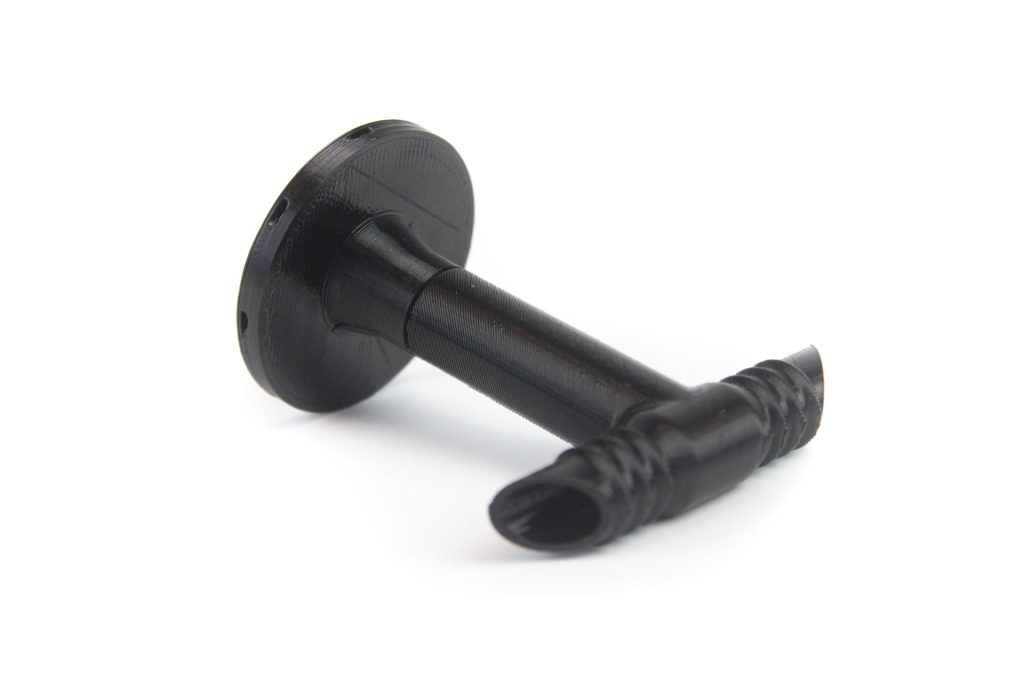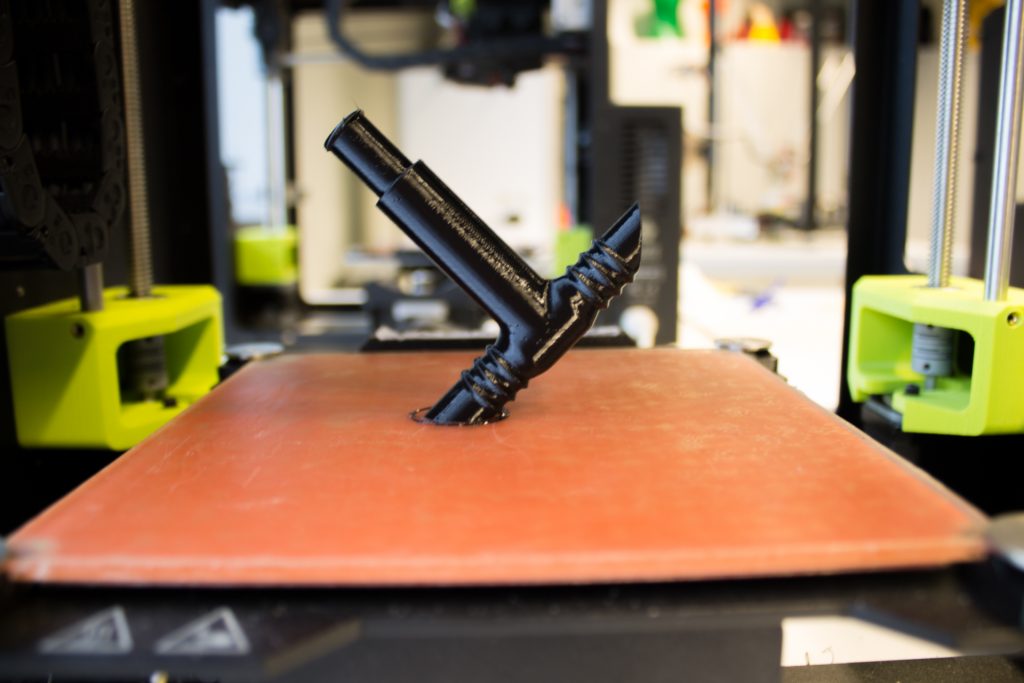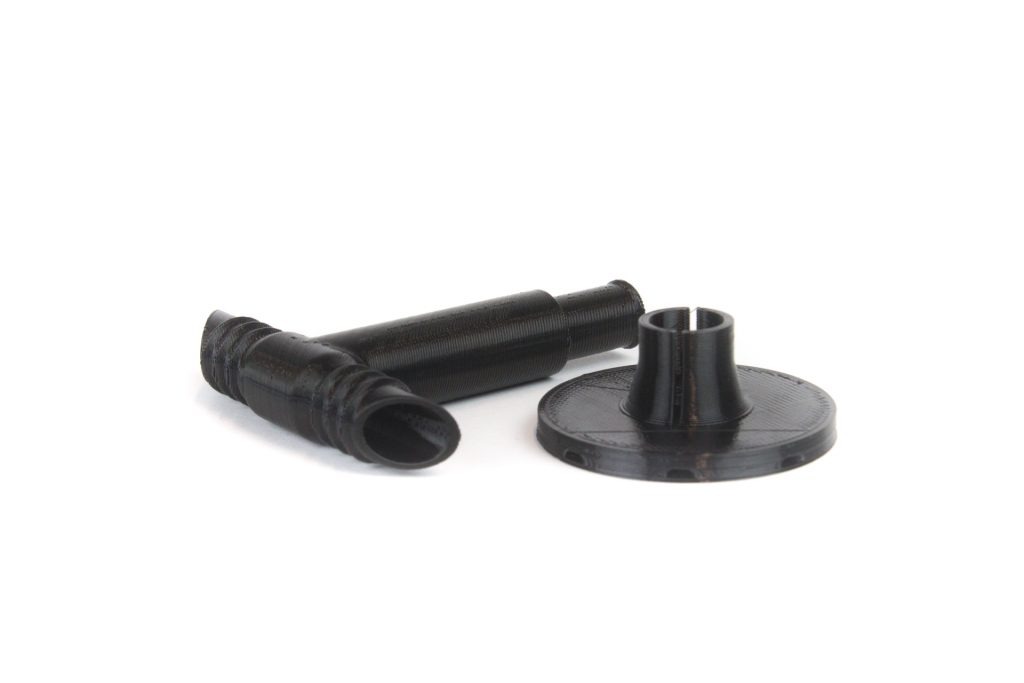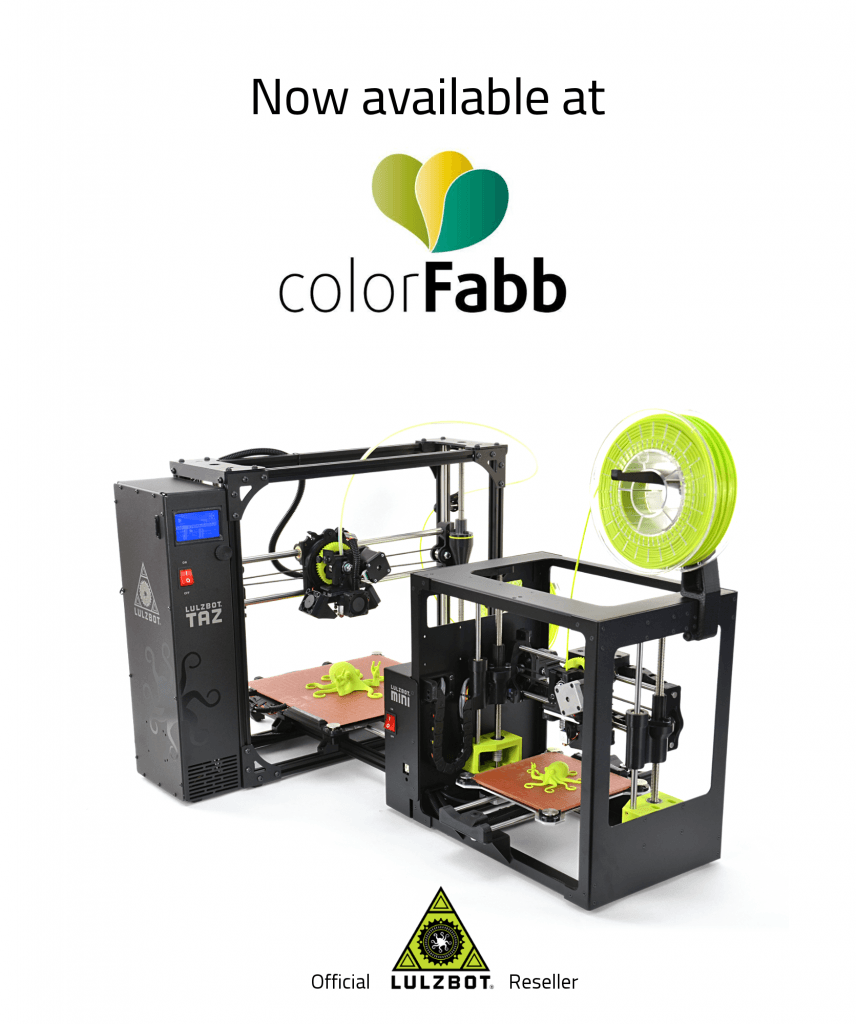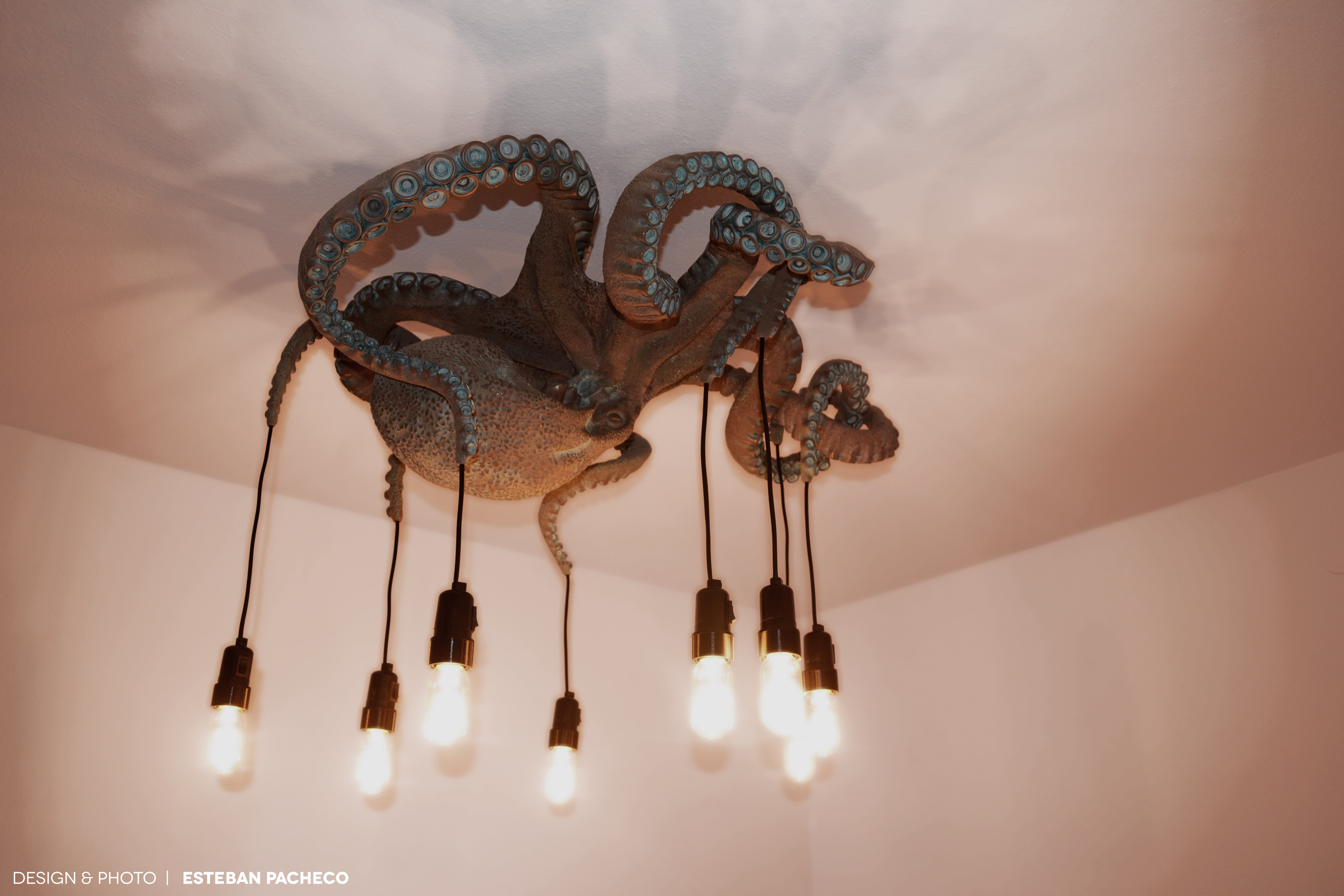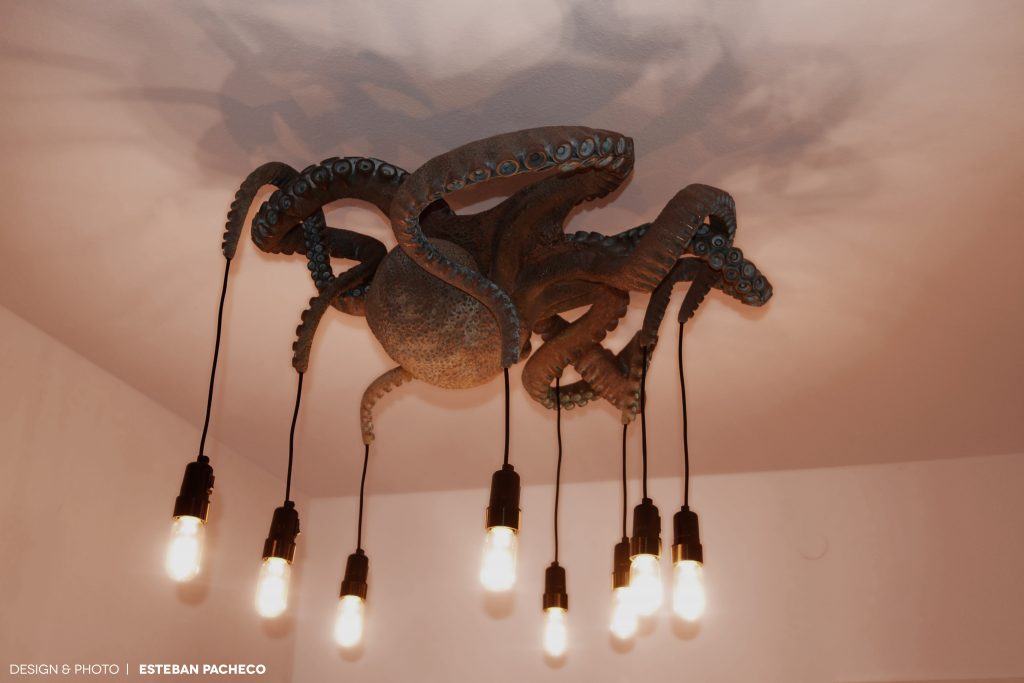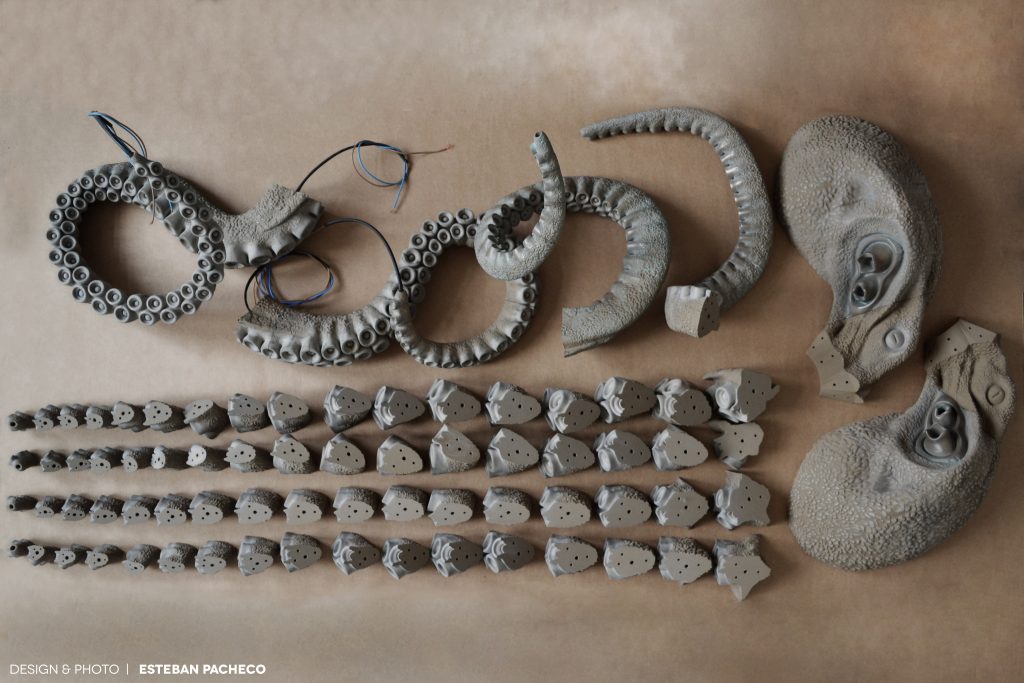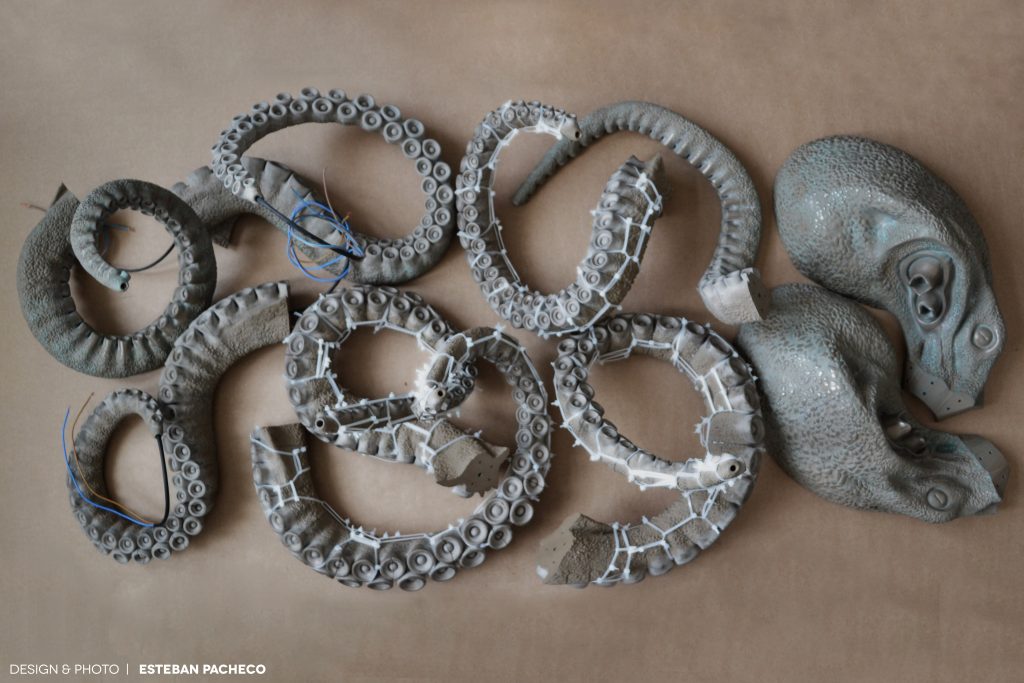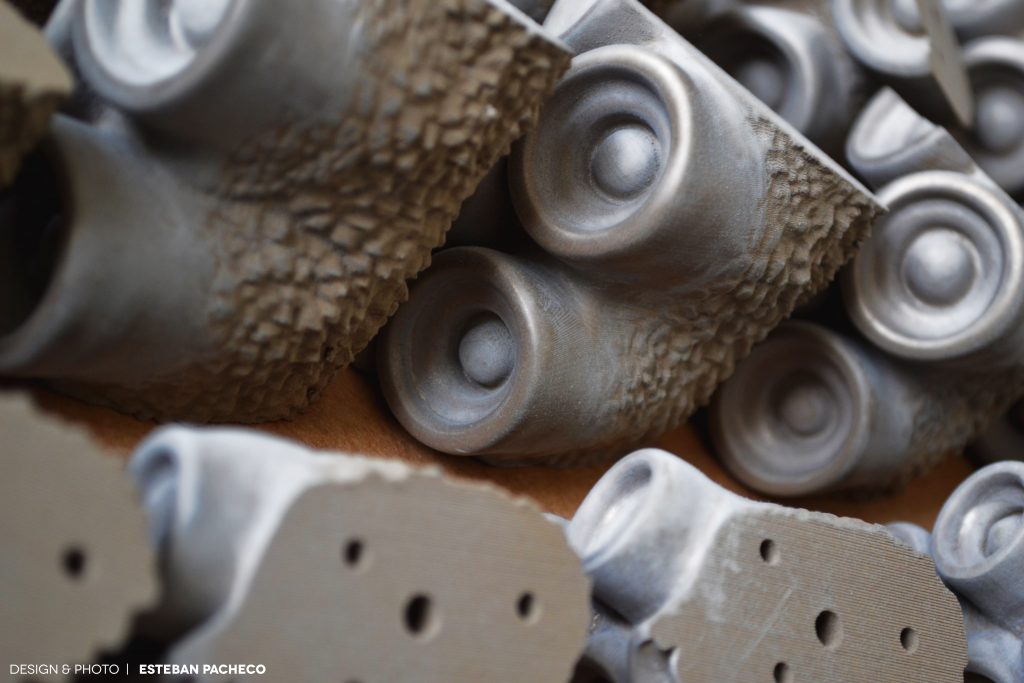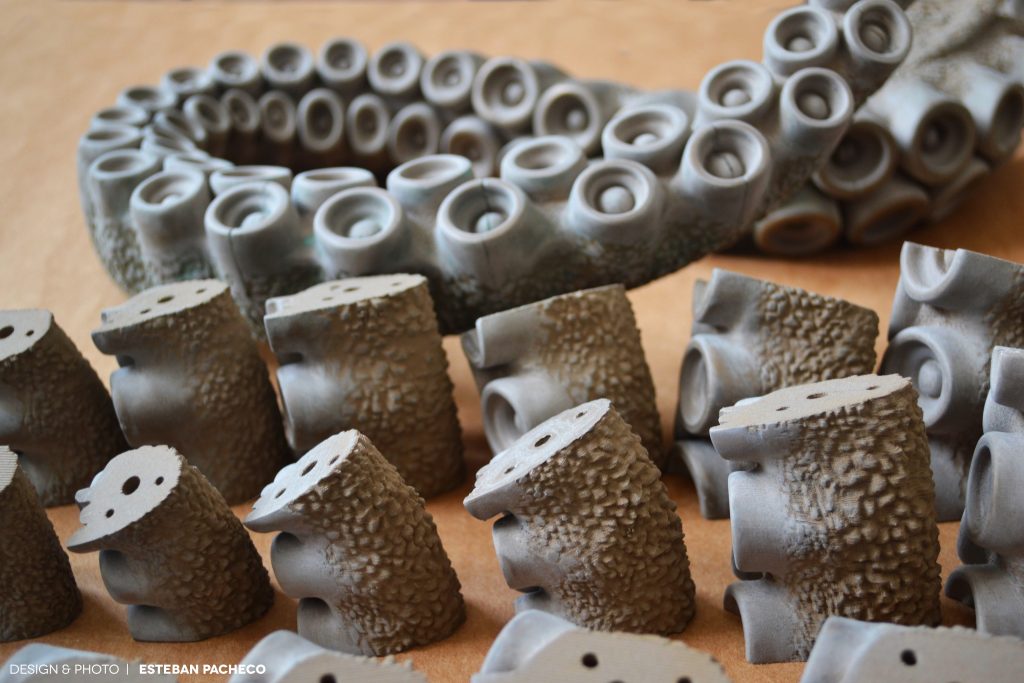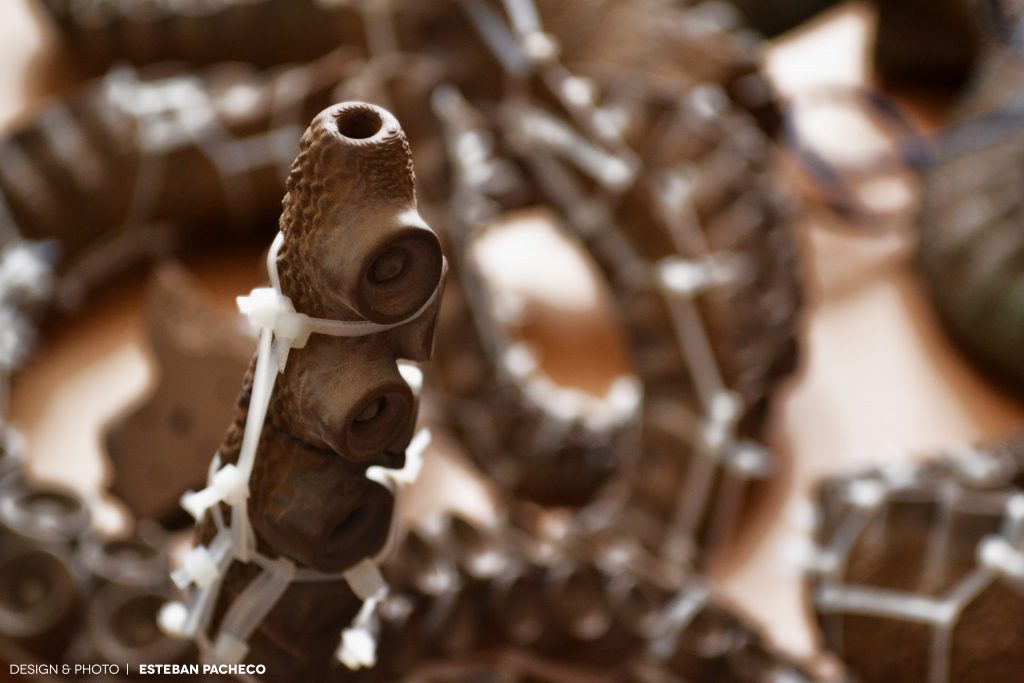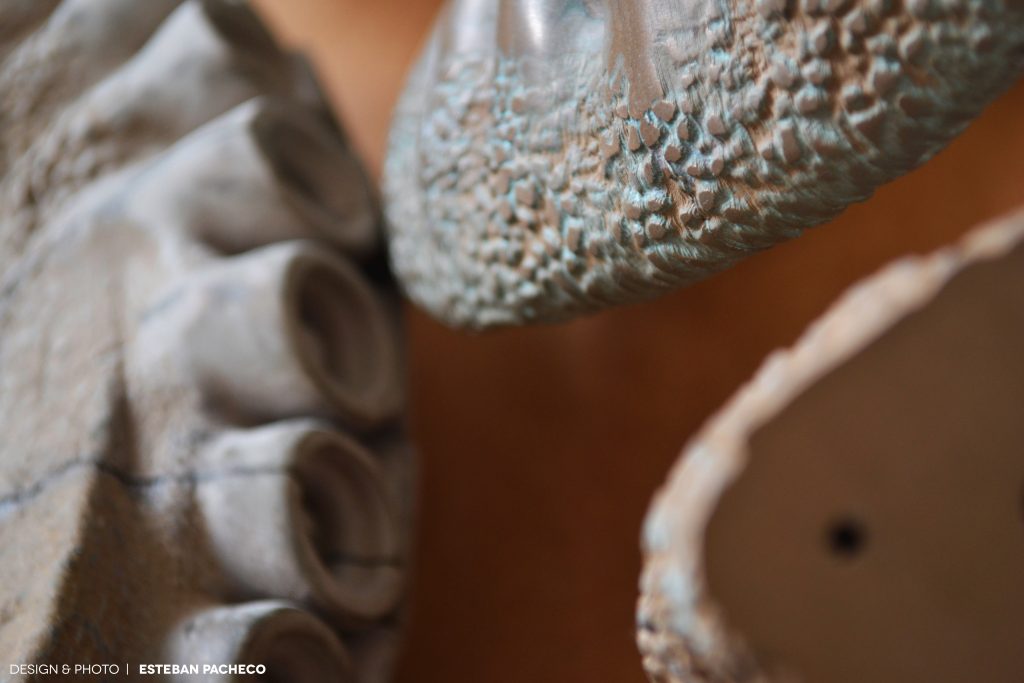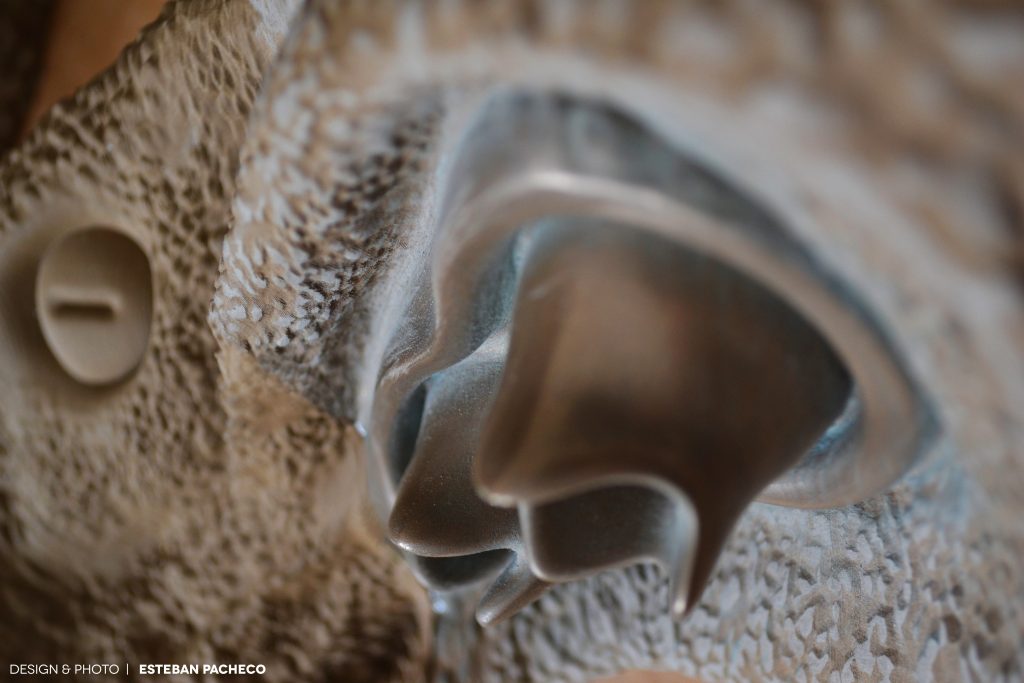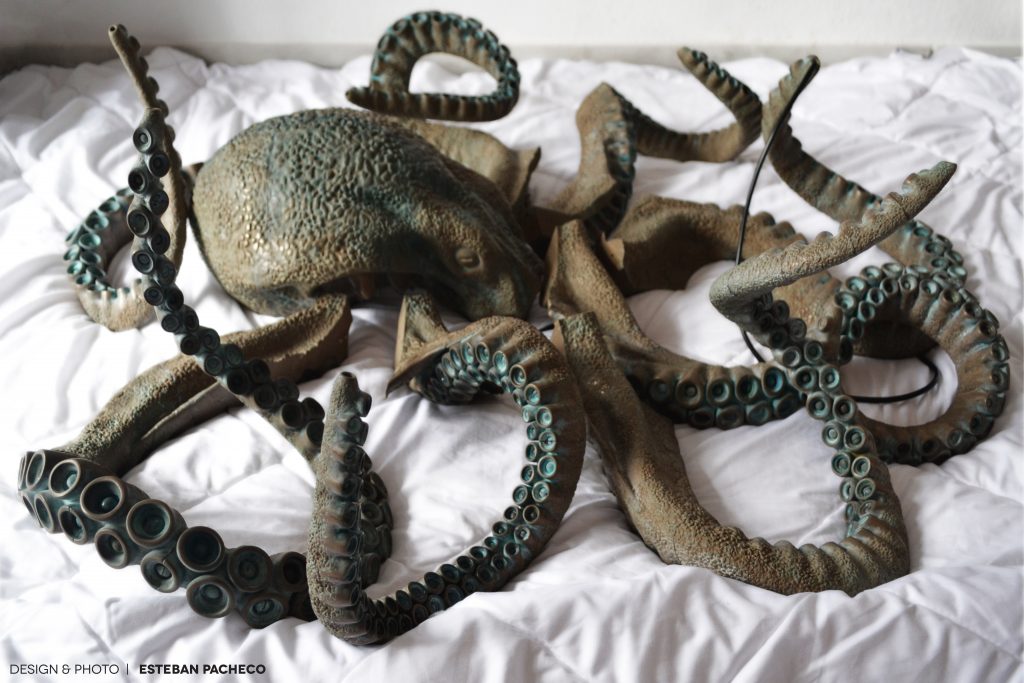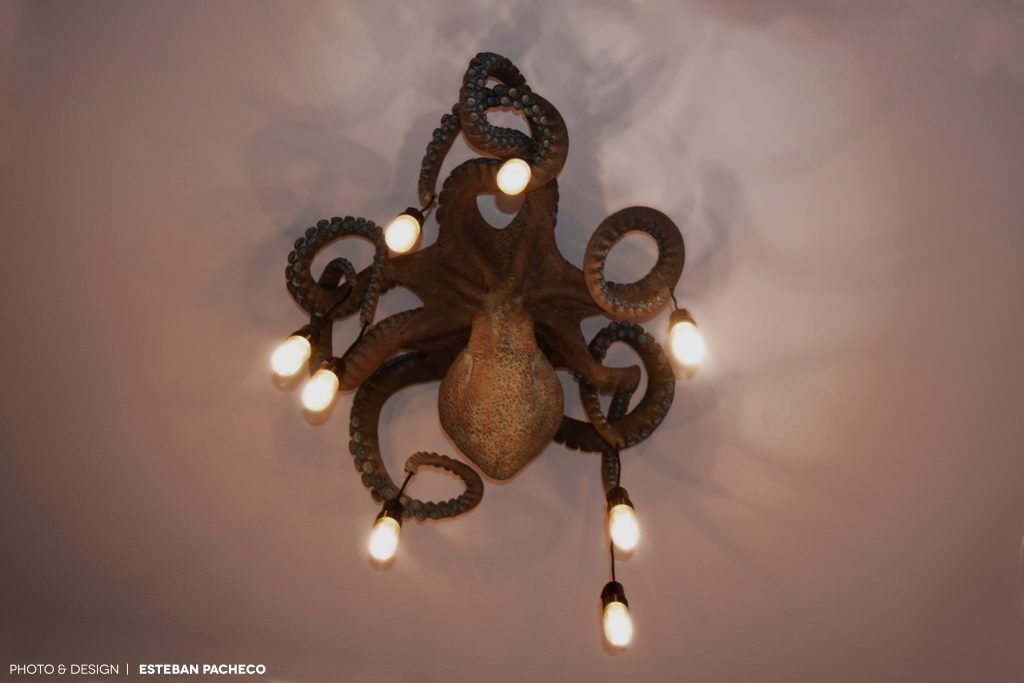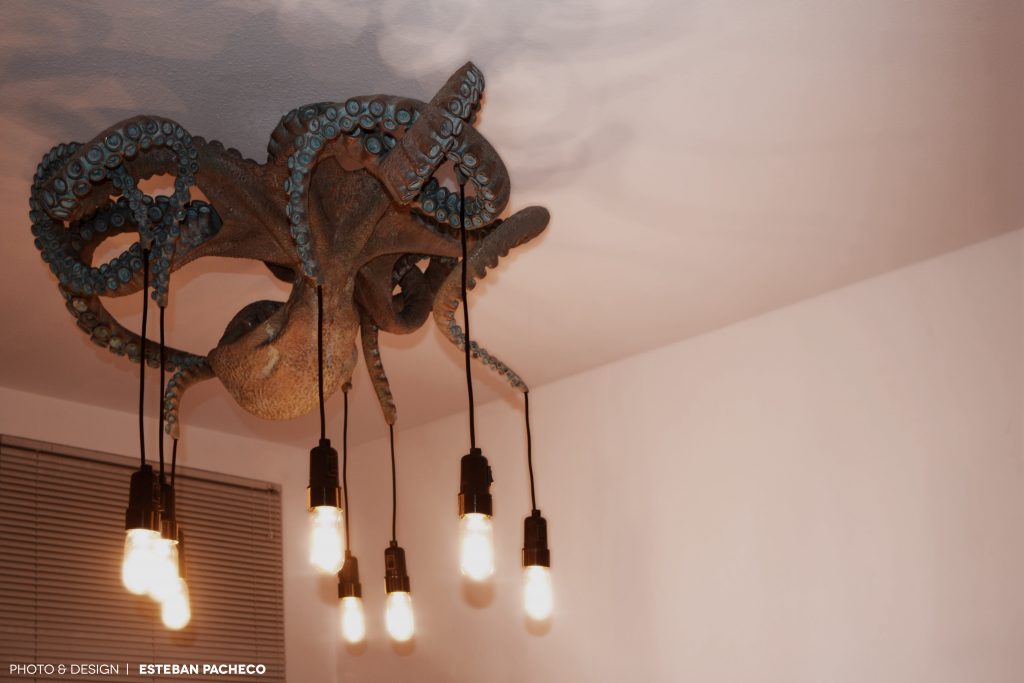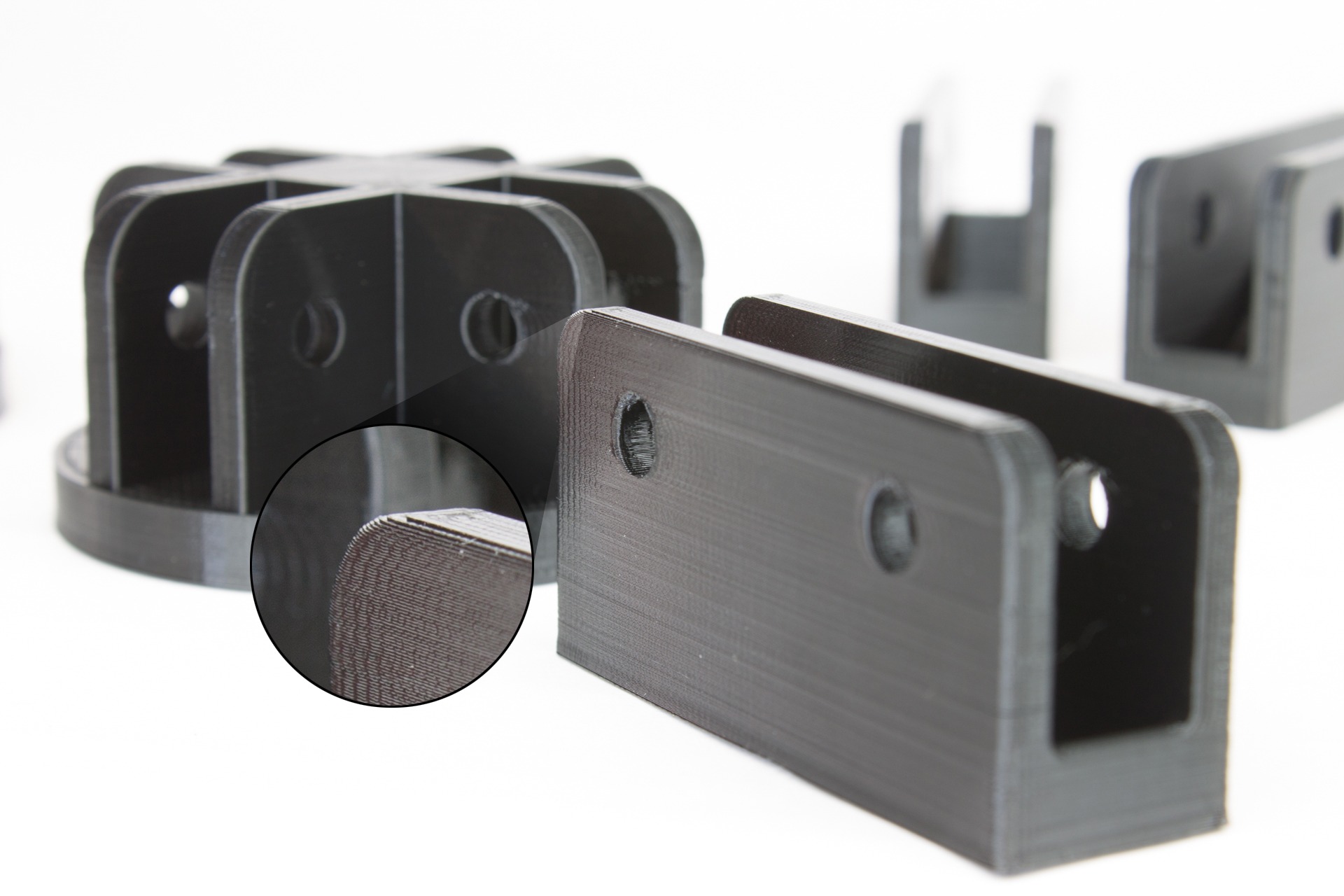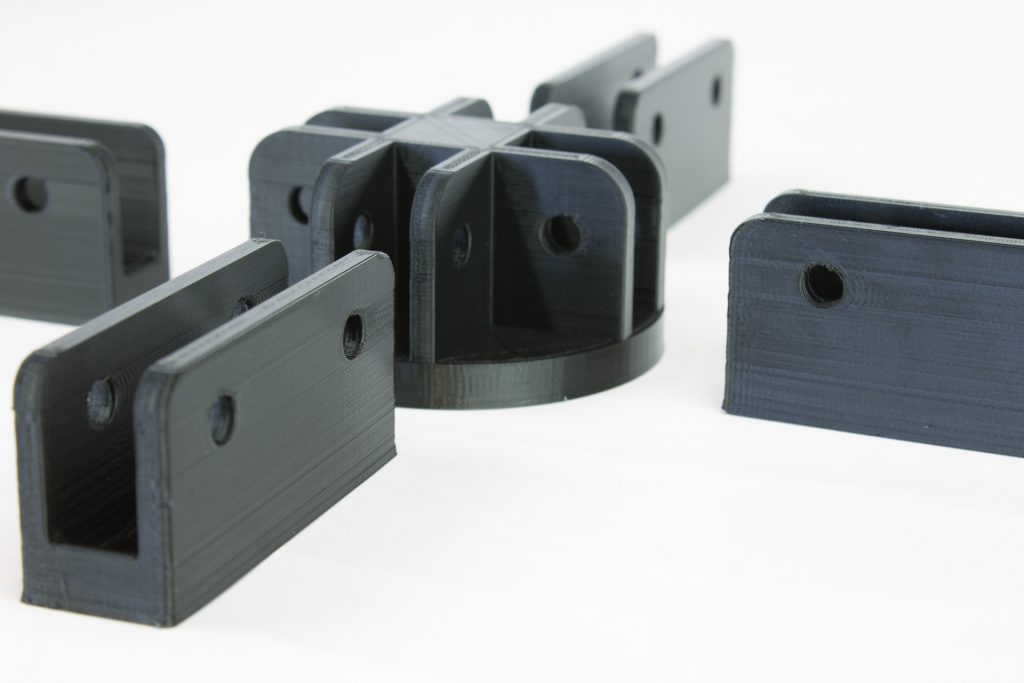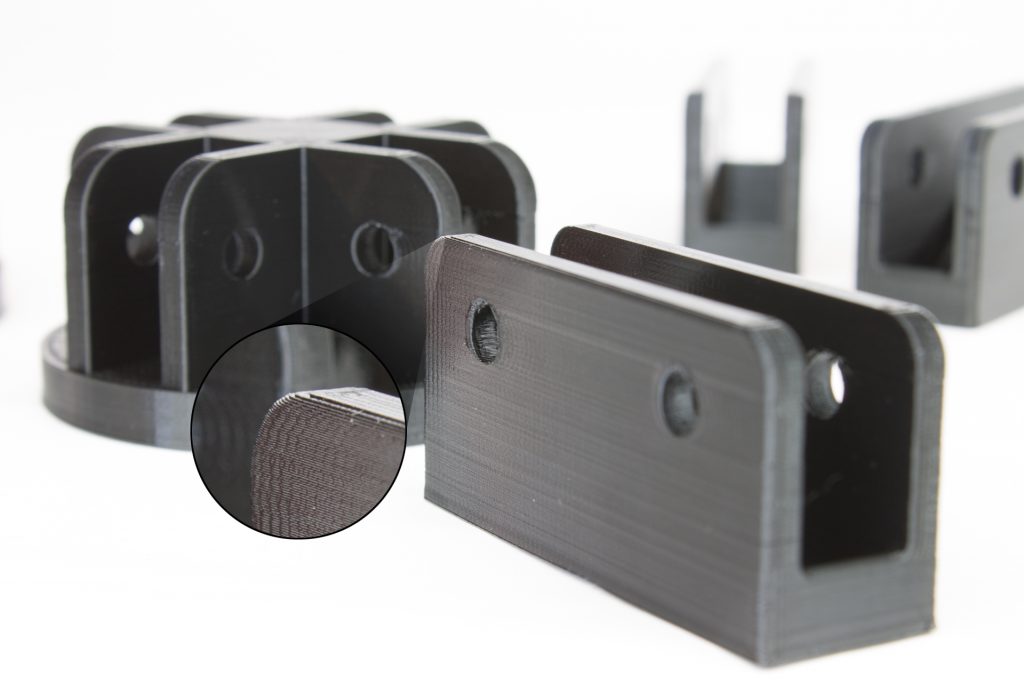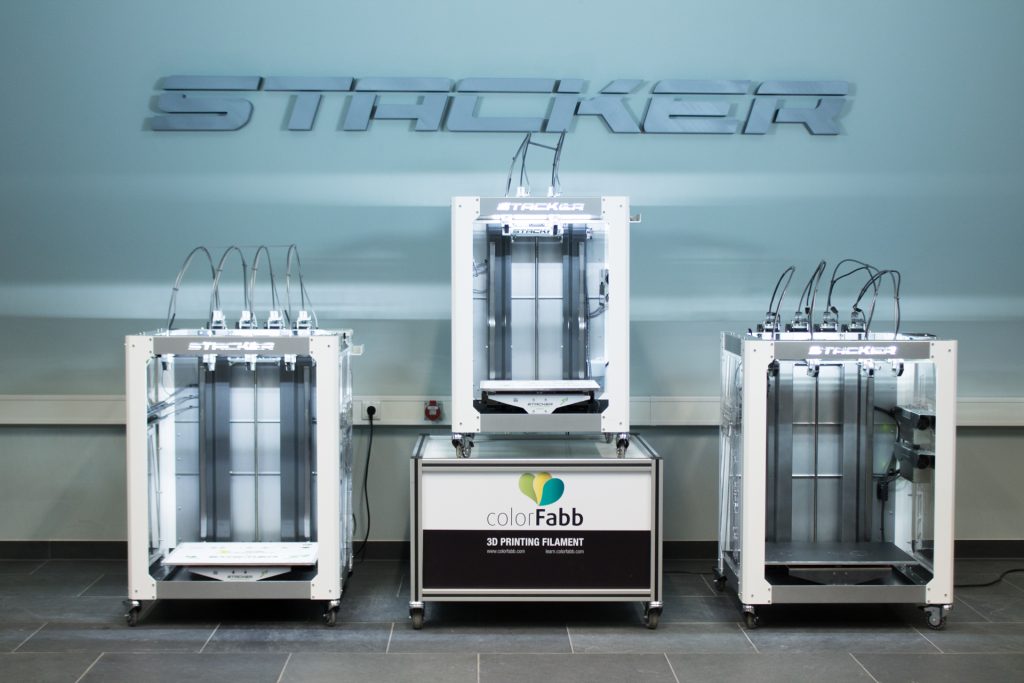3D printing has many applications. A very interesting one is the production of replicas. The most valuable museum exhibits are usually the most fragile ones too. They can be easily damaged so the curators need to enclose them behind glass and visitors can’t touch them.
Enter Get Models Now, a Polish design studio.
The National Museum in Poznan, Poland, asked Get Models Now to build a 3D printed replica that could become an interactive part of their display. The goal was to replicate an original 16th century rifle in full scale.
The 3D scanned model was cut into parts and printed on ZMorph 2.0 SX multitool 3D printer using colorFabb PLA and woodFill filaments. The parts were assembled around a lead rod that made the rifle heavy enough to simulate the original weight of 5.2 kg. The entire 3D printed antique rifle is one and a half meters long. It took long hours to post-produce even the smallest details like the fantastic dragon-shaped flintlock and meticulously engraved trigger.
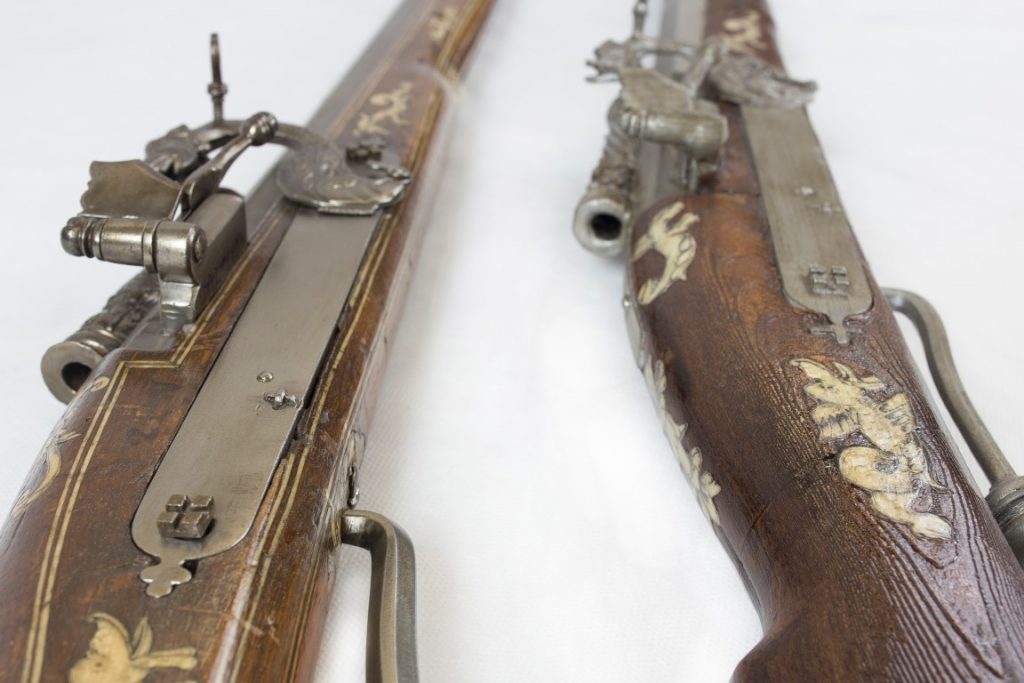
Artists from Get Models Now painted the woodFill parts to make them look like even more natural wood and added hand-painted ornaments on them. This attention to detail makes it very hard to distinguish the 3D printed antique rifle from the original. Their work is a part of an interactive display at the National Museum in Poznan, Poland, right next to the original piece. It will give people a unique opportunity to literally get in touch with history.
Using 3D printing makes sure important parts of history can be preserved while the replicas are there for show and tell.
About Get Models Now
GMN – Get Models Now – is a design studio using 3D printing and newest technologies such as 3D scanning , Virtual Reality as well as CNC milling and a laser cutting machine. The idea of the company is to deliver 3D printed objects along with complex design support. They have over 10 year experience in working with 3D printing and the team consists of people with different design backgrounds which helps them finding the best solution for particular projects. They are one of the few companies in Europe that offers full design, printing, and post-production services and use only high-quality and eco-friendly materials to deliver the most outstanding results. Their workshop enables to create amazing postproduction effects which can be vital for individual finishing of printed objects.
You can find more information on their website (click here).
woodFill was launched in November 2013 during the London 3D Print Show and was our first special filament. Other natural filled special filaments have followed, like bambooFill (which we recently discontinued) and more recently corkFill. Our woodFill has been a hit from day one due to easy processing and its fantastic looks. Added bonus is that your print room smells like a wood shop when printing with woodFill. Check it out online: it has received nothing but 5 star reviews on our site!

